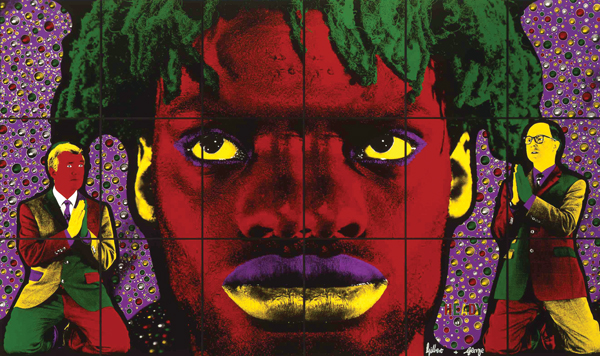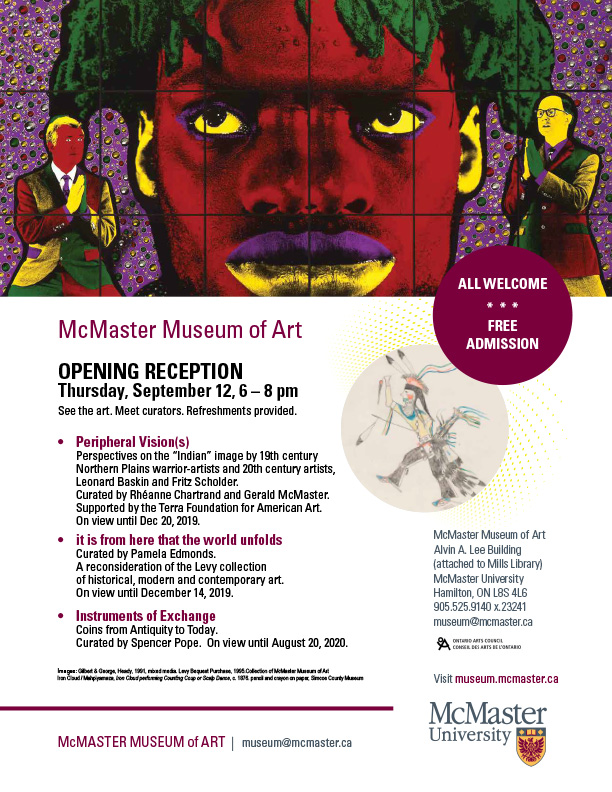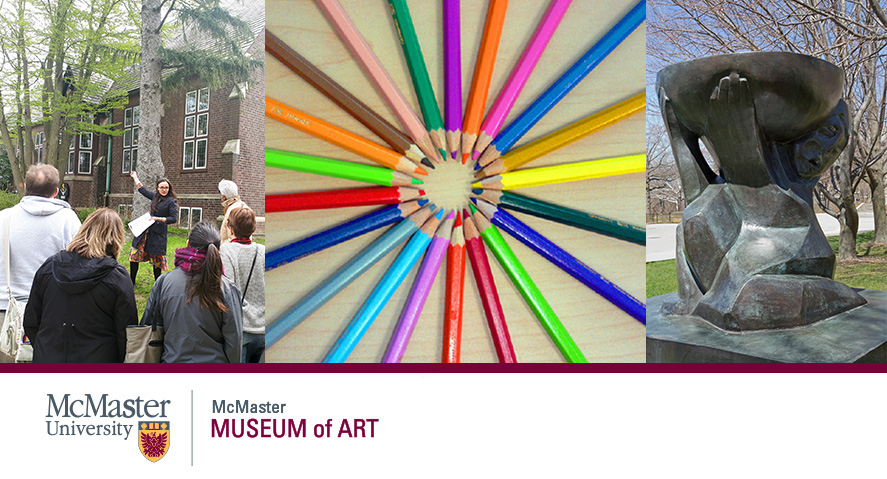Movers and Makers: Artist Talks
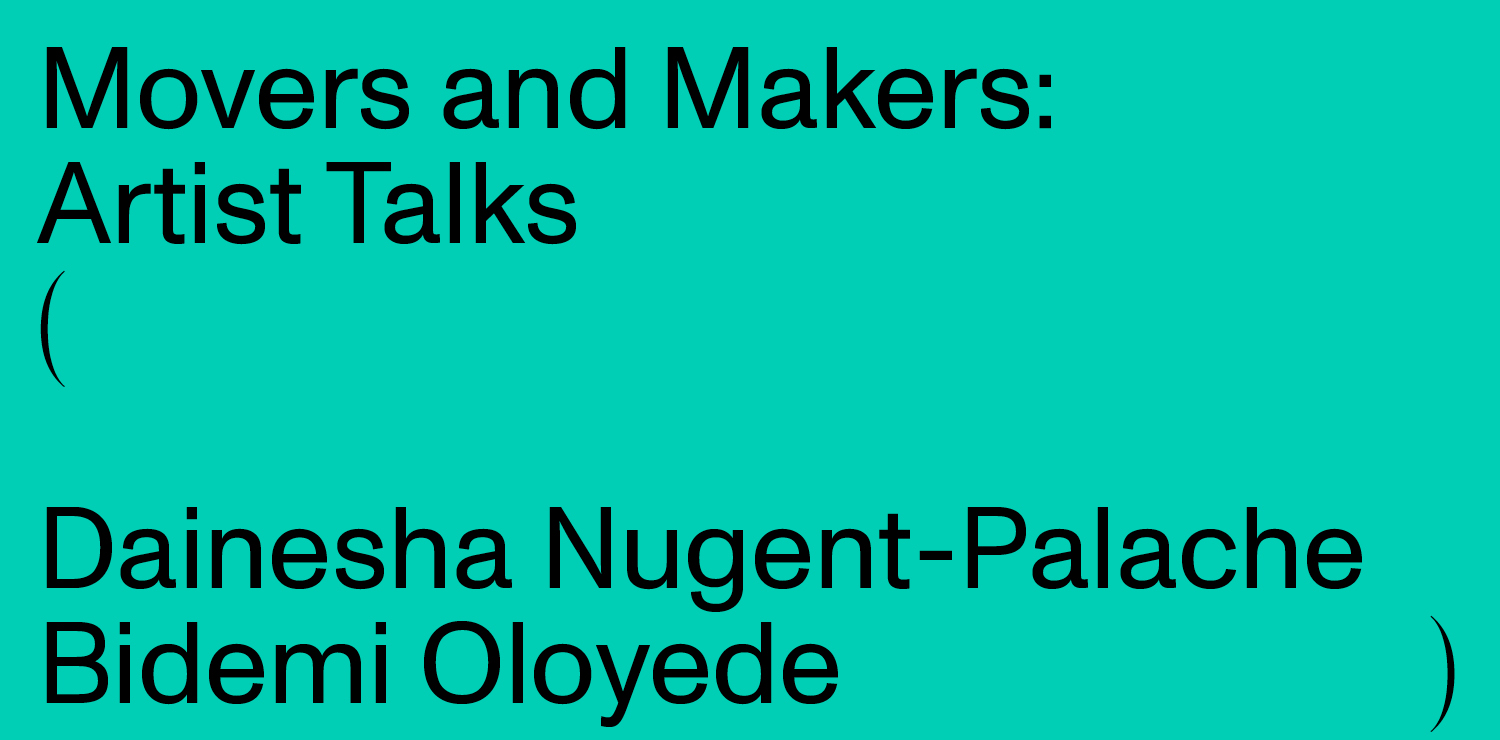

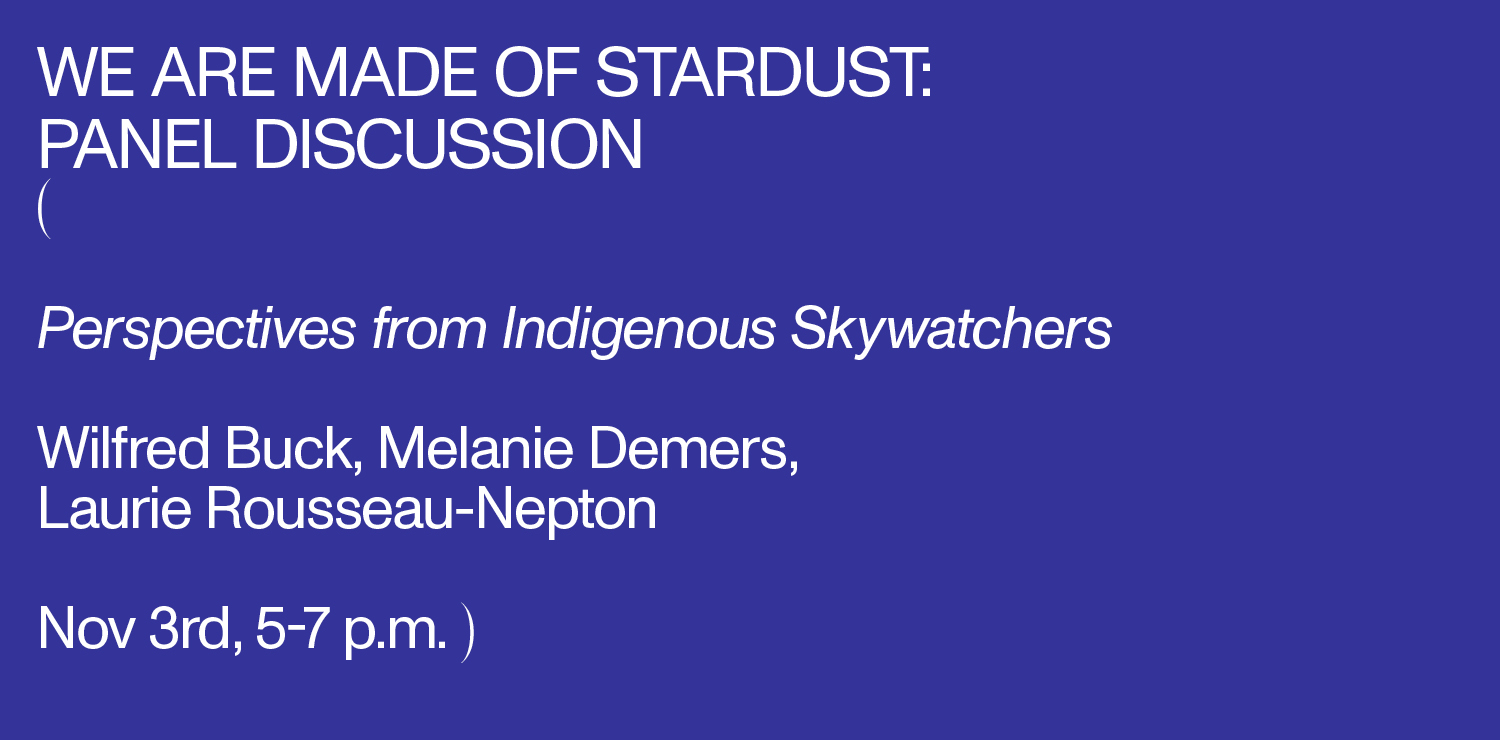
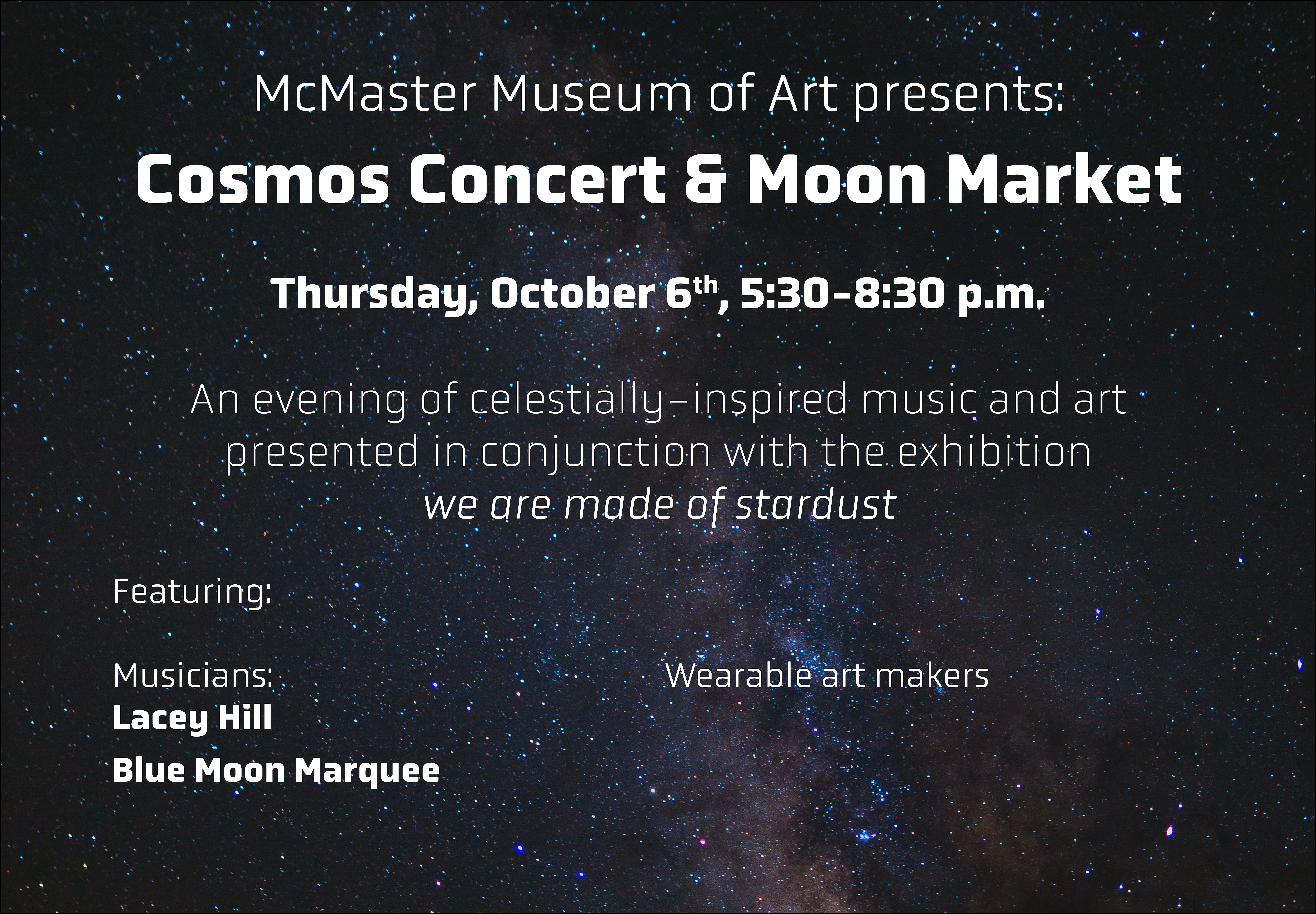


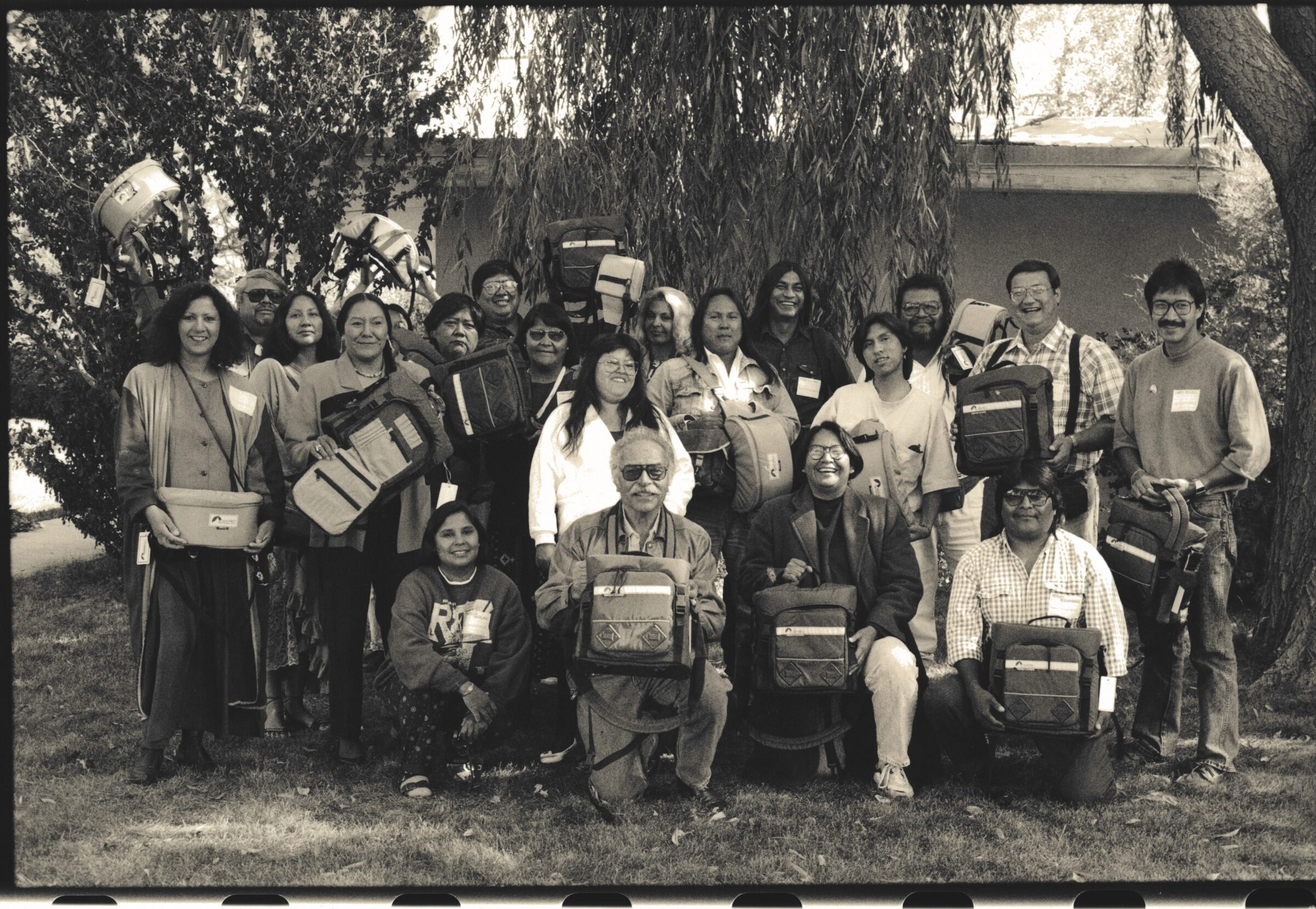
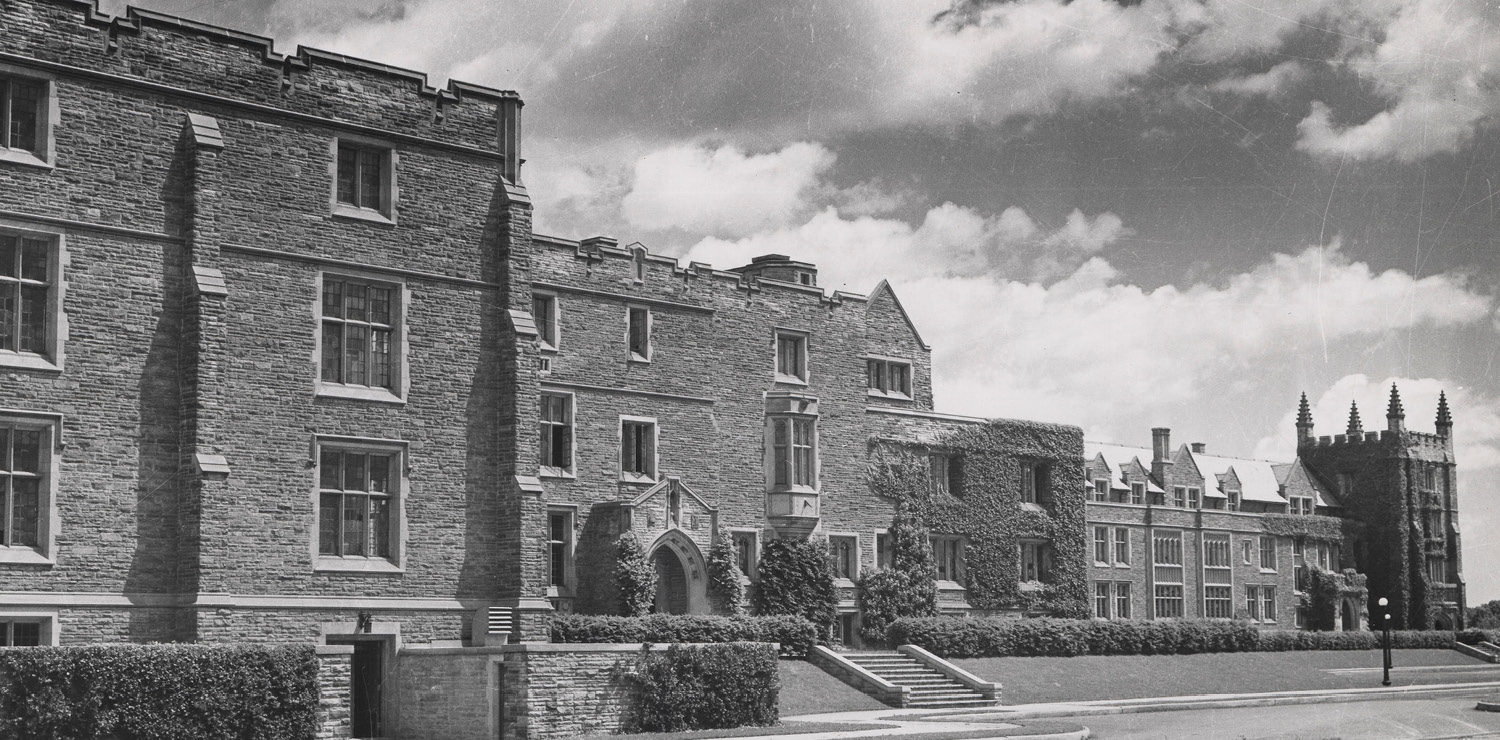

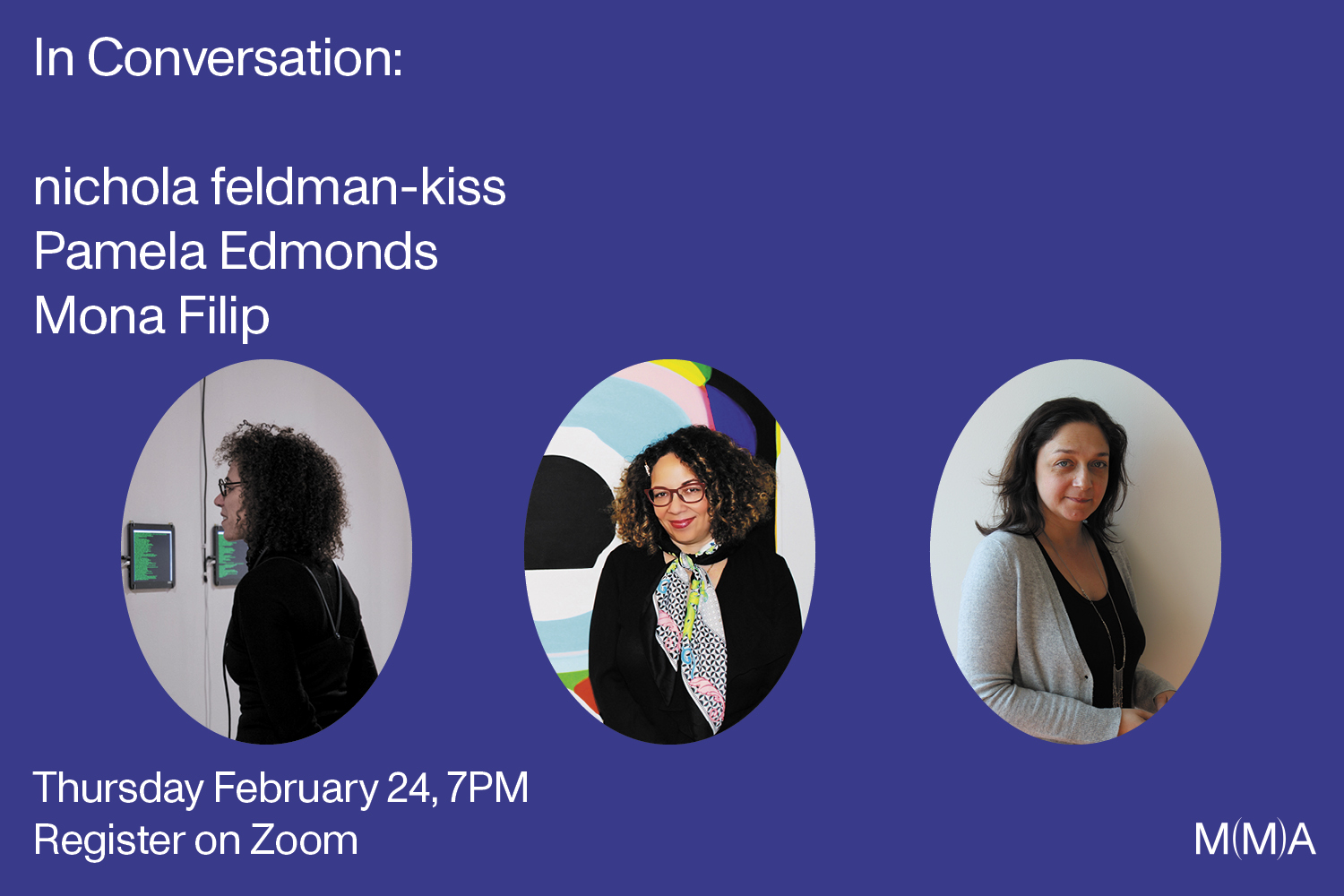
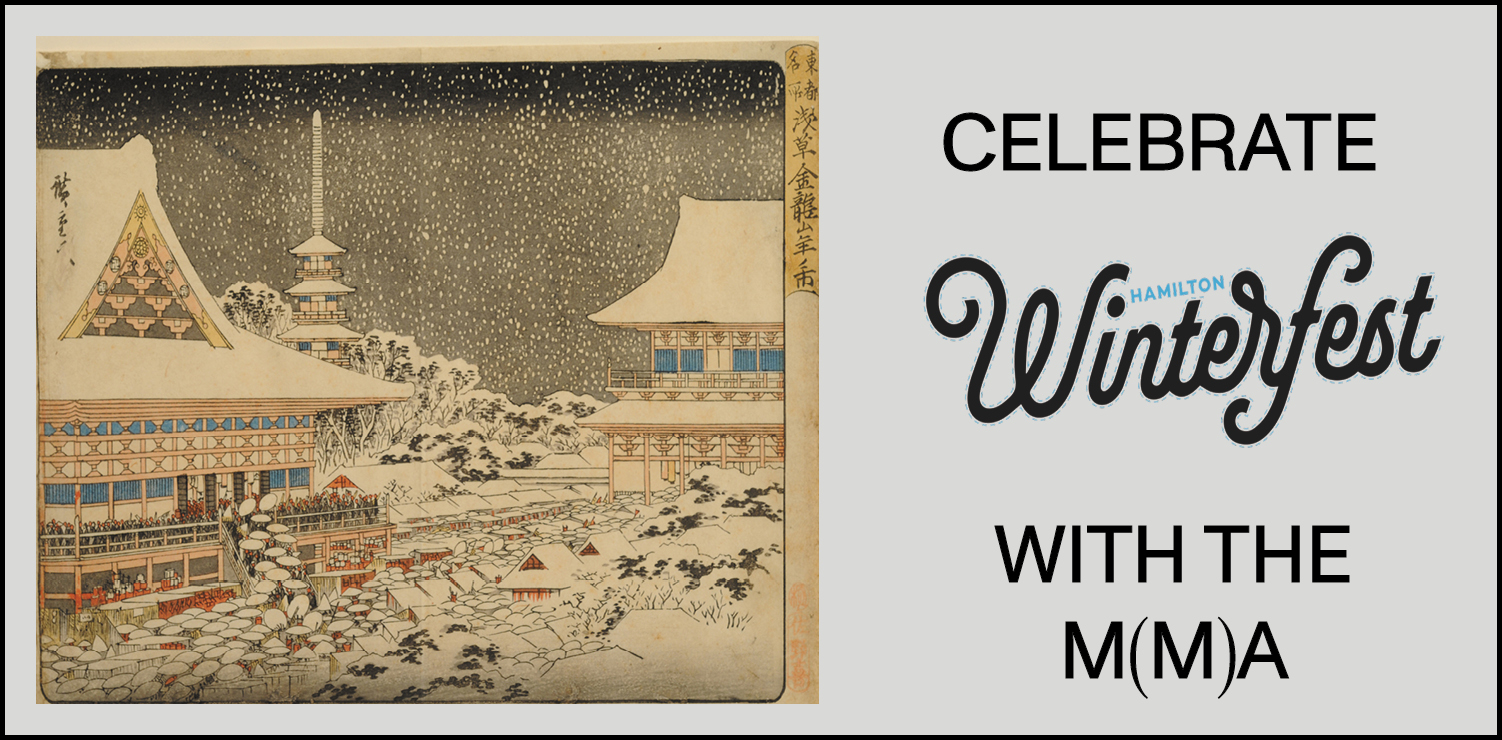
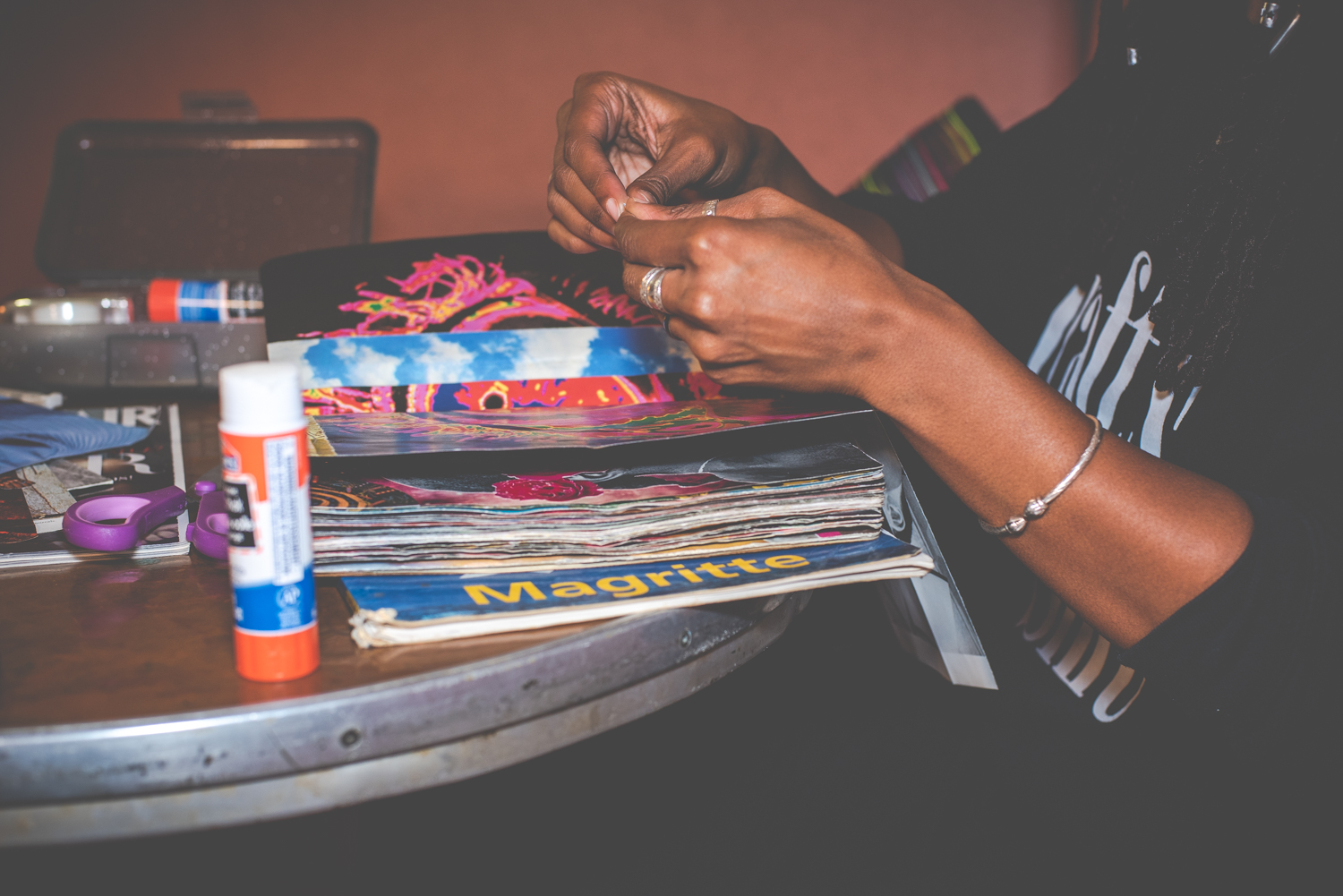
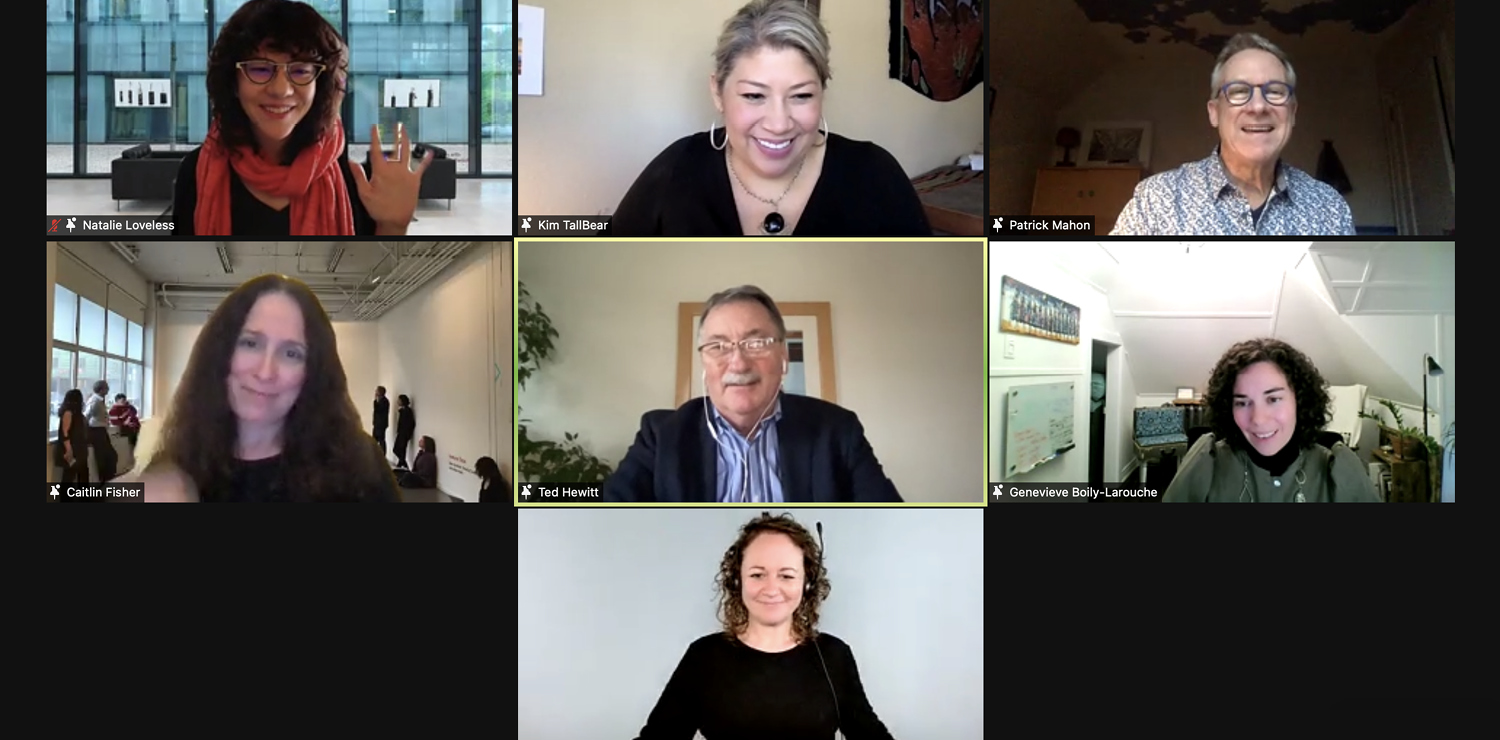

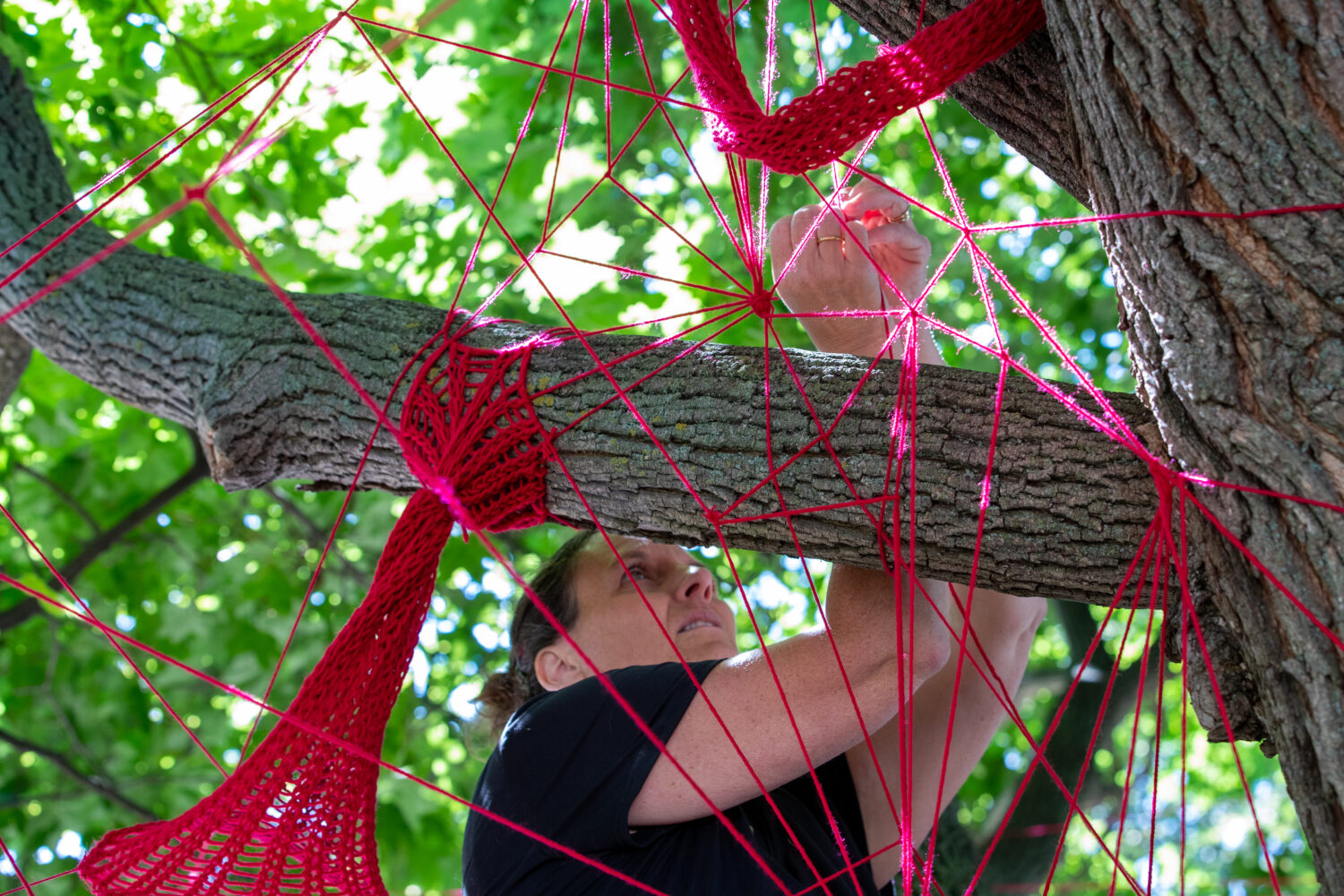
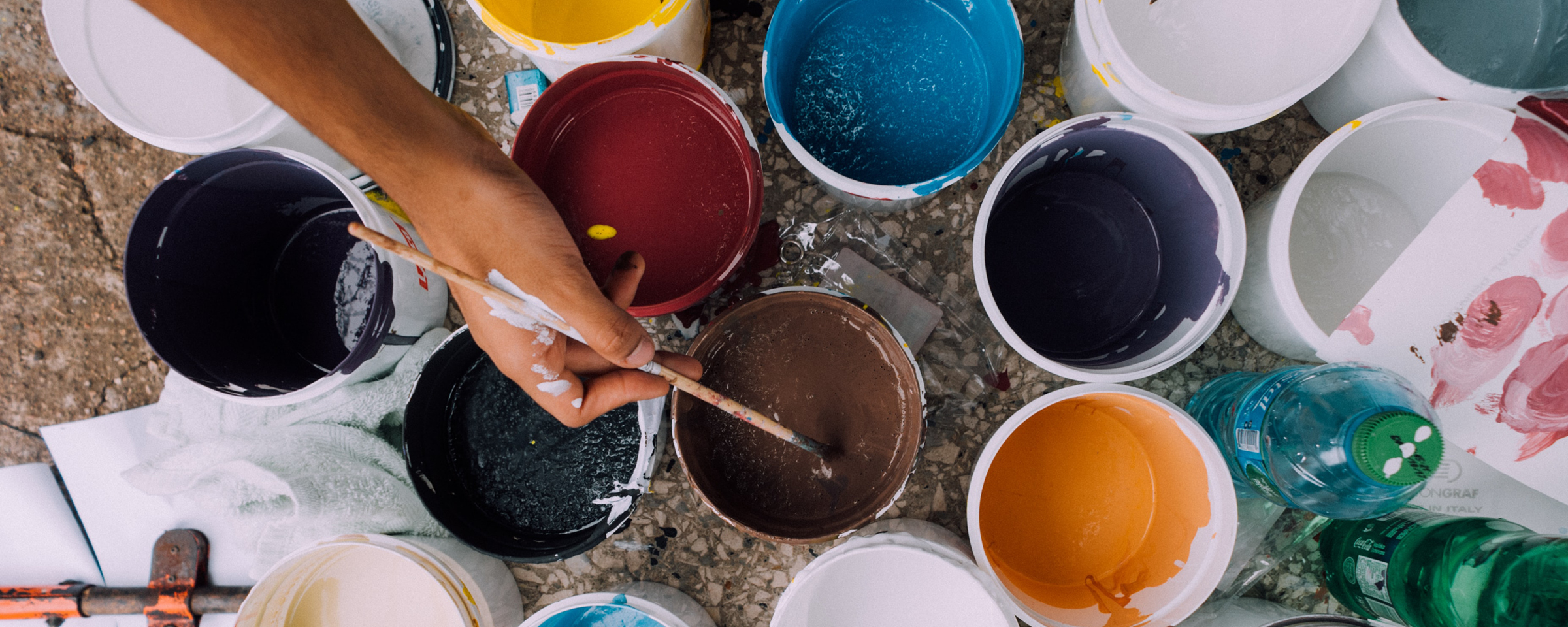
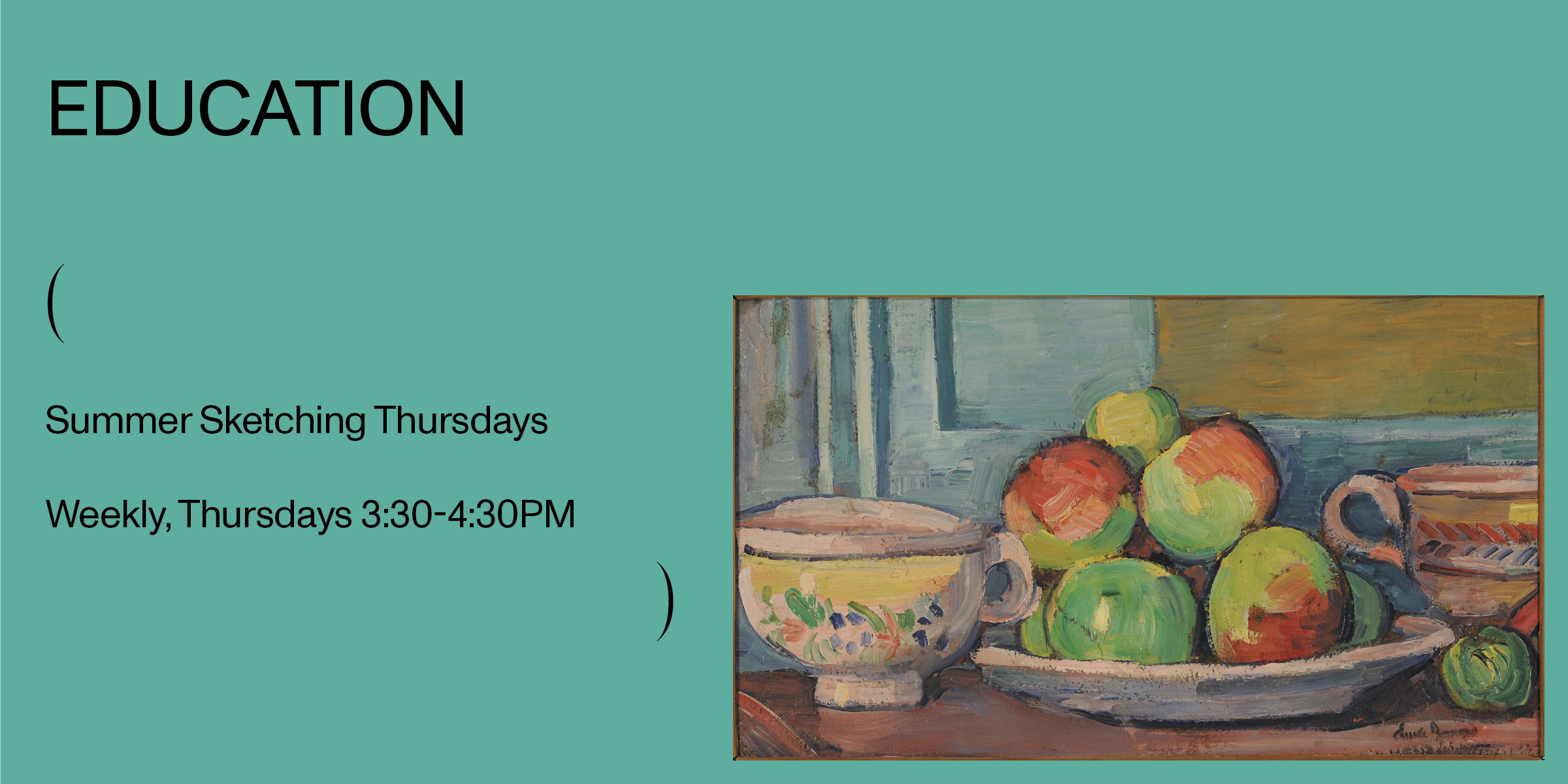
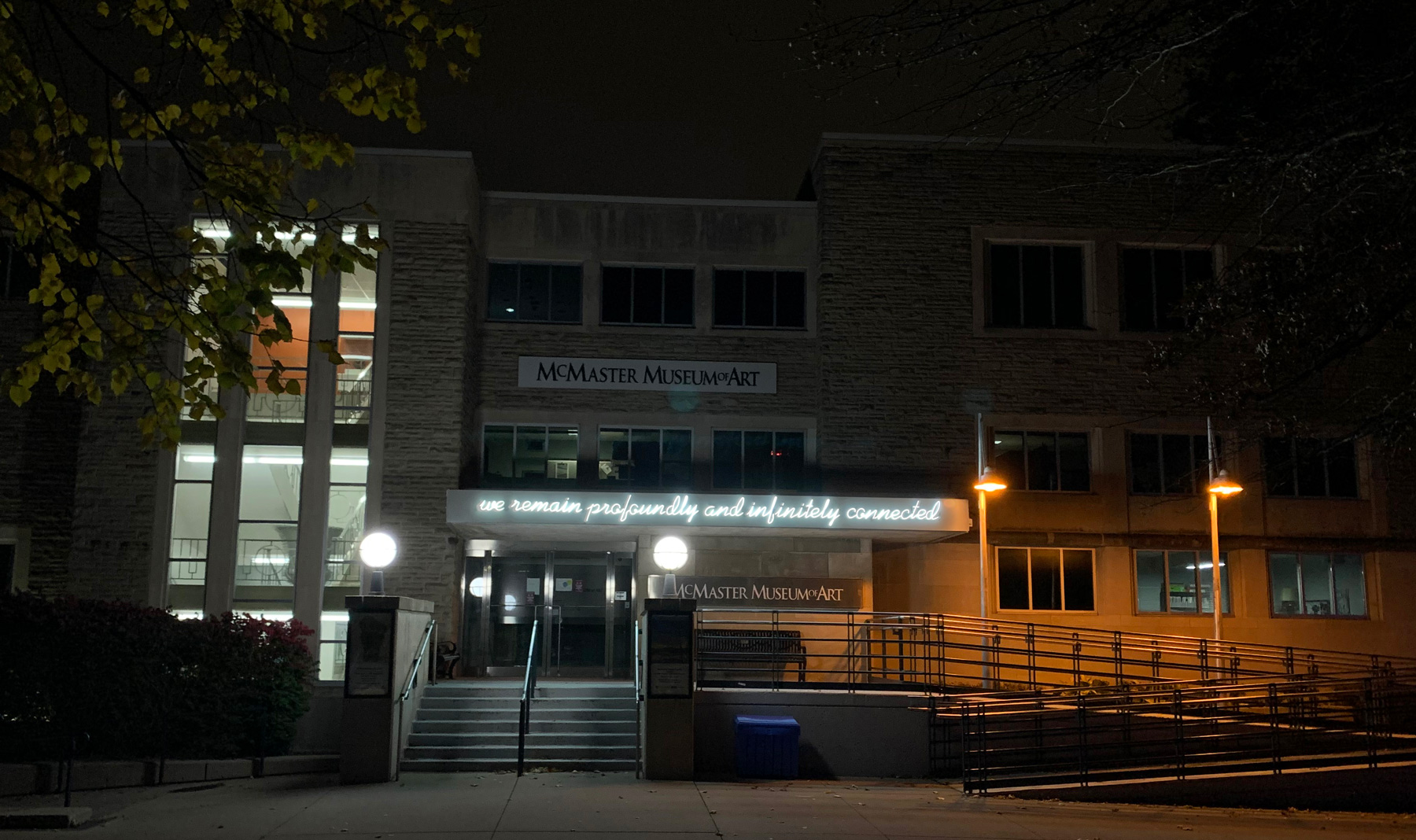
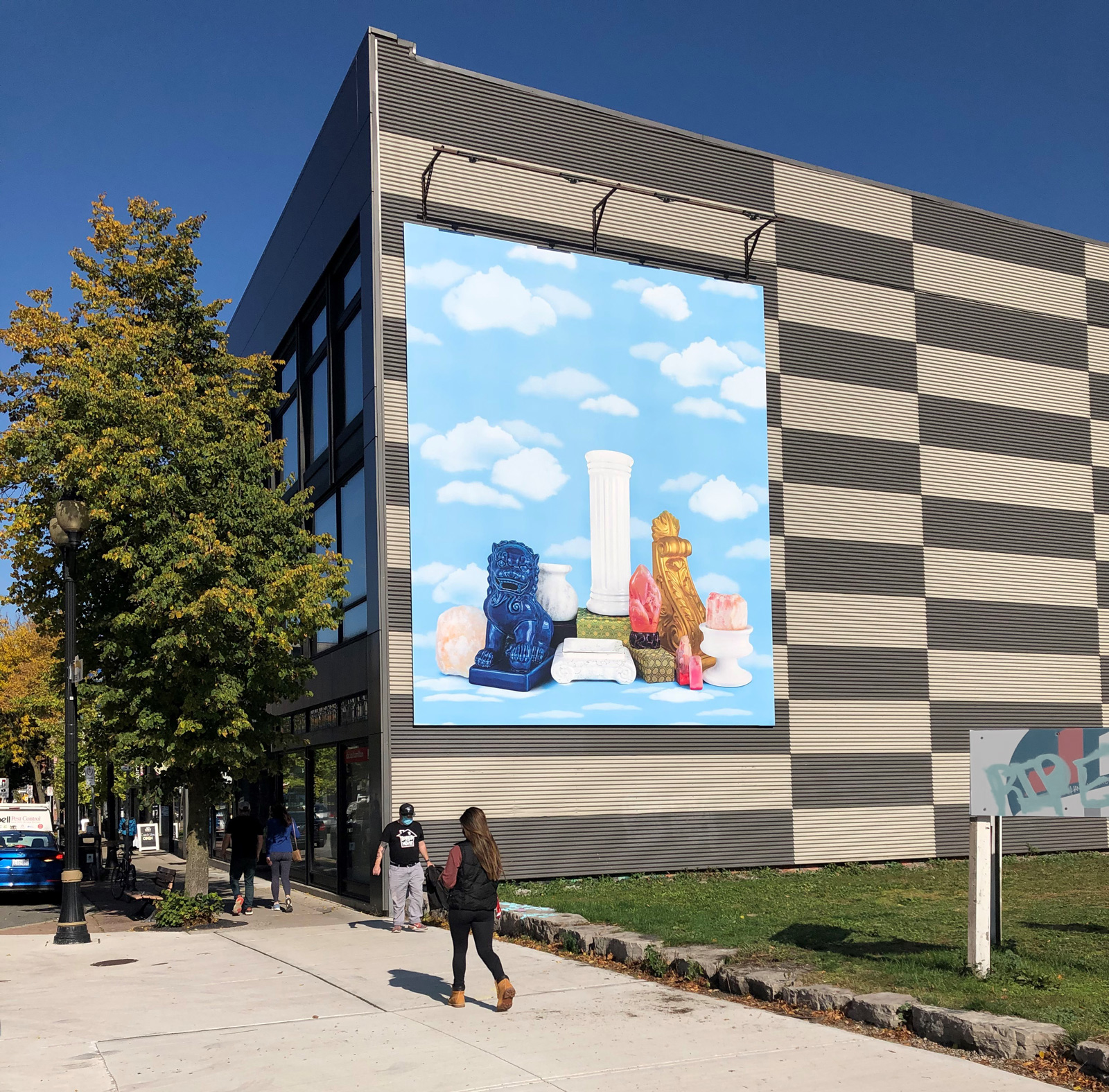

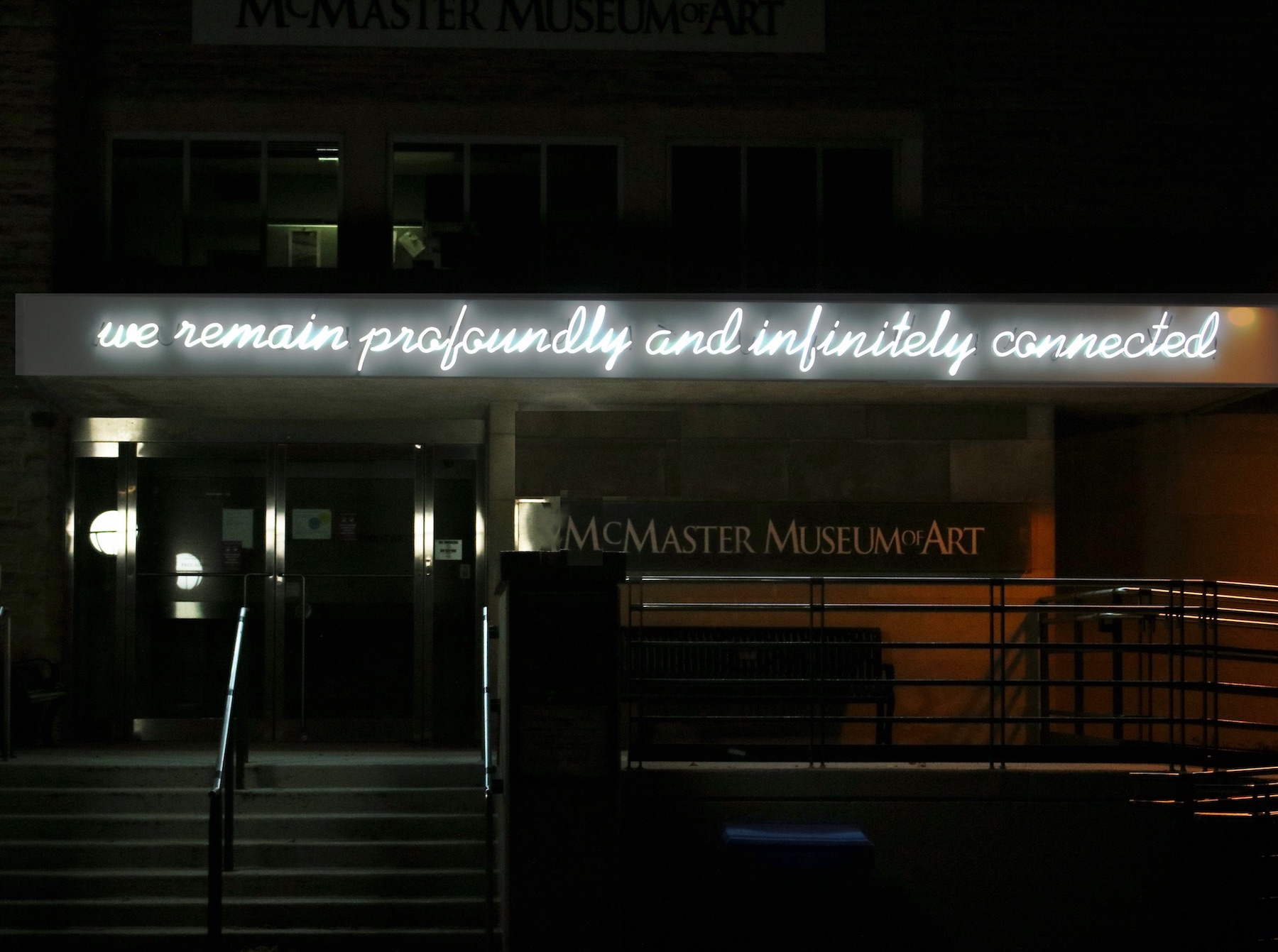
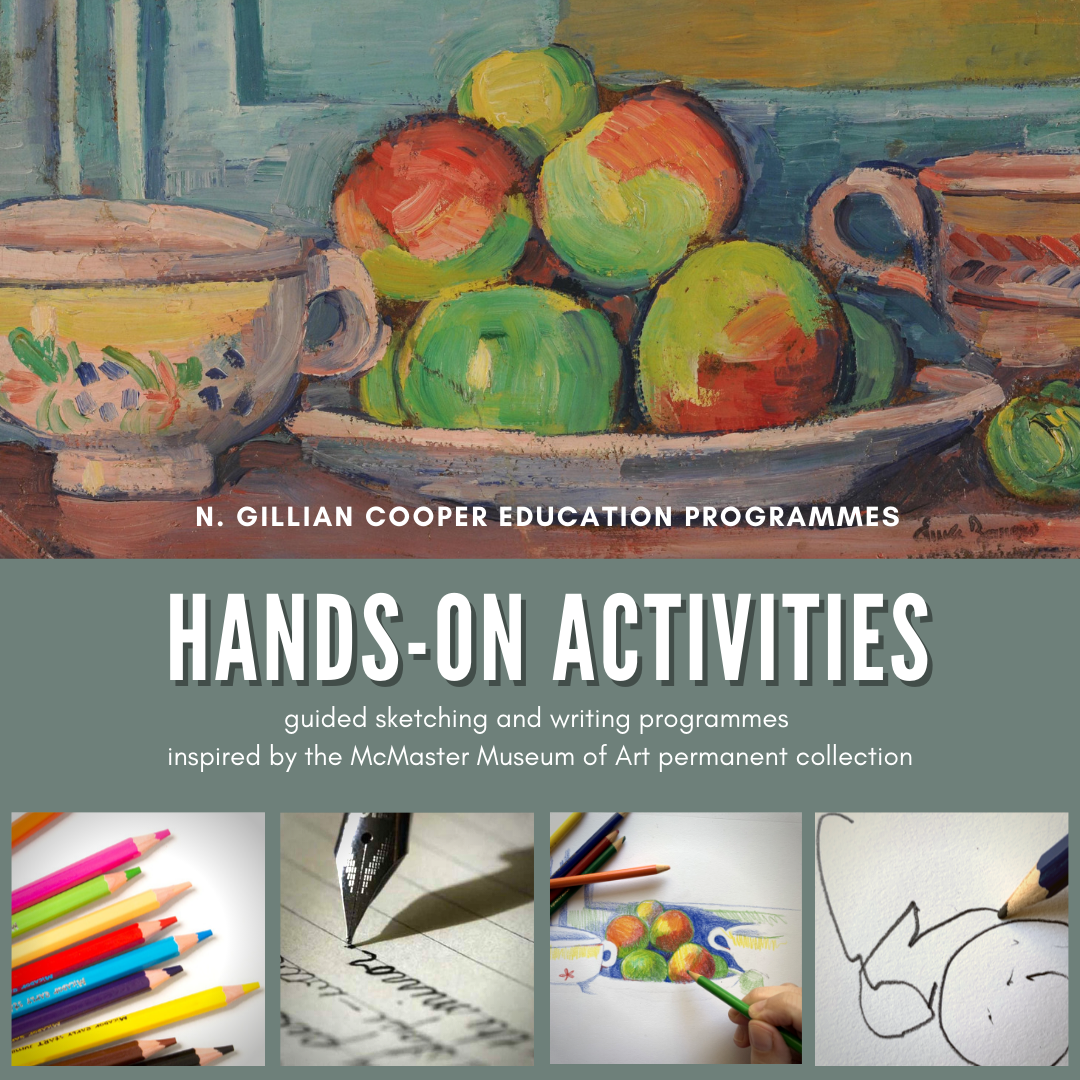
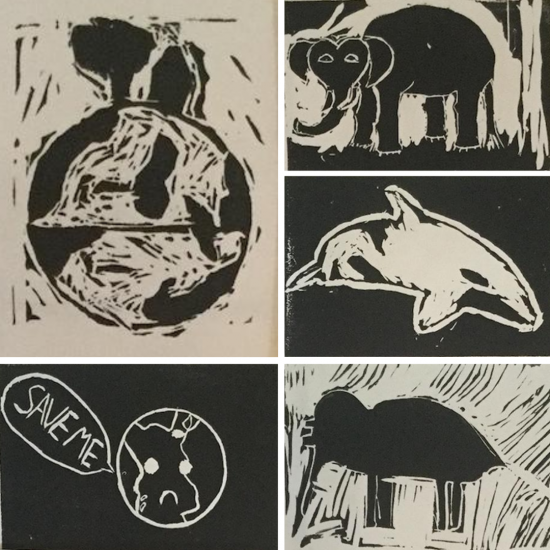

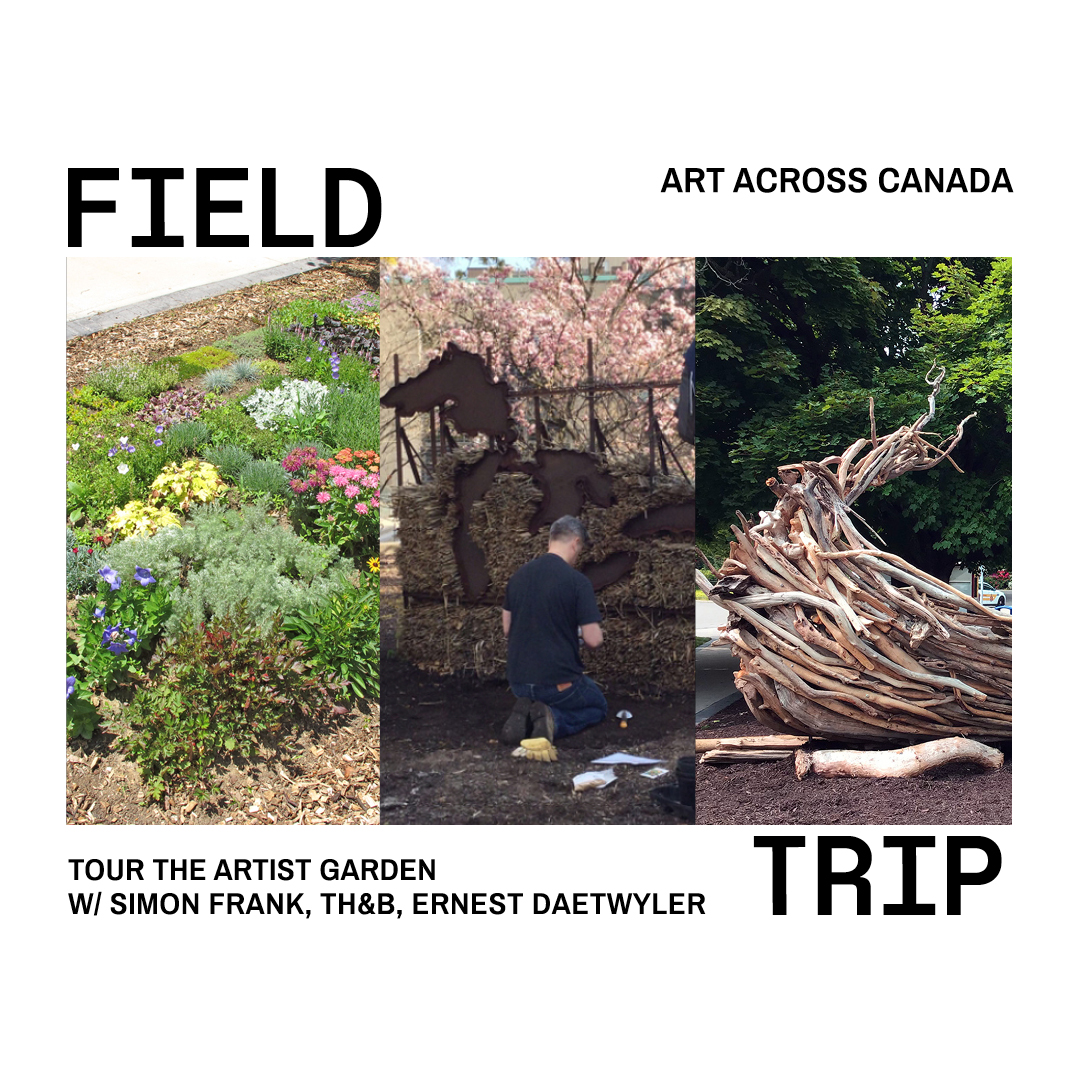
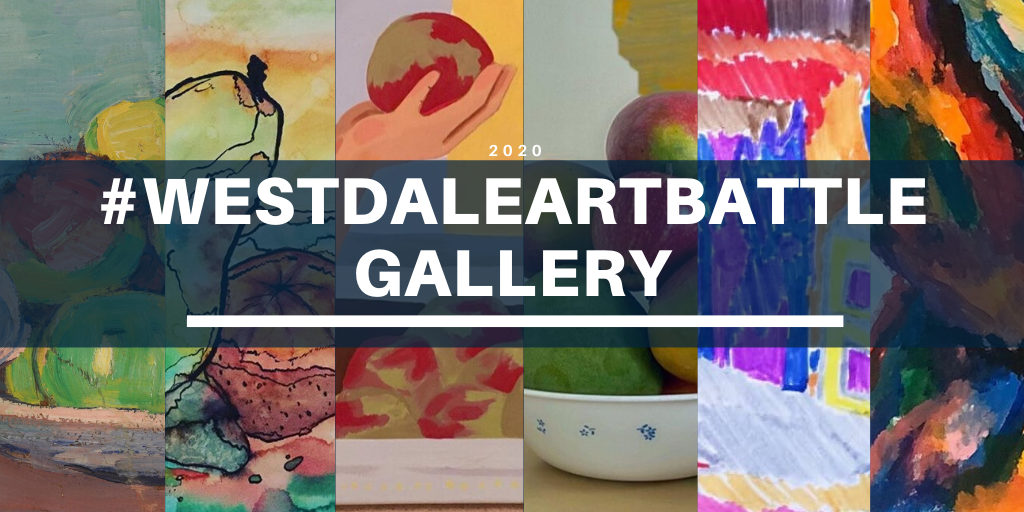
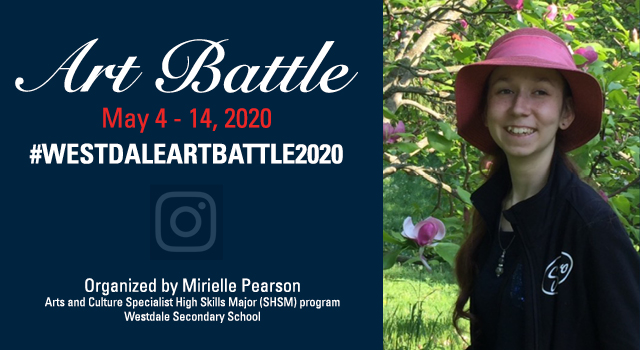
New! #WestdaleArtBattle2020 RULES and inspiration
Hi, my name is Mirielle Pearson, and I am currently a Grade 12 student enrolled in the French Immersion and Arts and Culture Specialist High Skills Major (SHSM) program at Westdale Secondary School. What I love the most about the SHSM program are the opportunities and experiences it provides, particularly those that connect the classroom experience with the art community. I have a growing interest in art history, curatorial practices, the exploration of new media and hands-on interactive environments. Because of this, I was excited to accept a Co-operative Learning placement at the McMaster Museum of Art.
This placement provides me with practical exposure to the real work environment of a museum curator, and opportunities to experience the real-world role of museums within communities. Next year I will be attending NSCAD University in Nova Scotia where I will continue my art education.
In 2019, the McMaster Museum of Art facilitated an Art Battle at Westdale Secondary School to encourage young artists to remain engaged and aware of the museum during its physical closure during renovations.
This year McMaster Museum of Art would like to expand upon this, inviting all students and budding artists from the community to participate in the Art Battle! I’ve chosen four works from the McMaster Museum of Art collection to inspire your creations. You’ll have about a week to create your own piece based on one of these artworks.
On Monday, May 4, a link to a page of Art Battle rules and images of the four artworks will be posted at the top of this page.
Stay tuned, the Art Battle begins May 4!
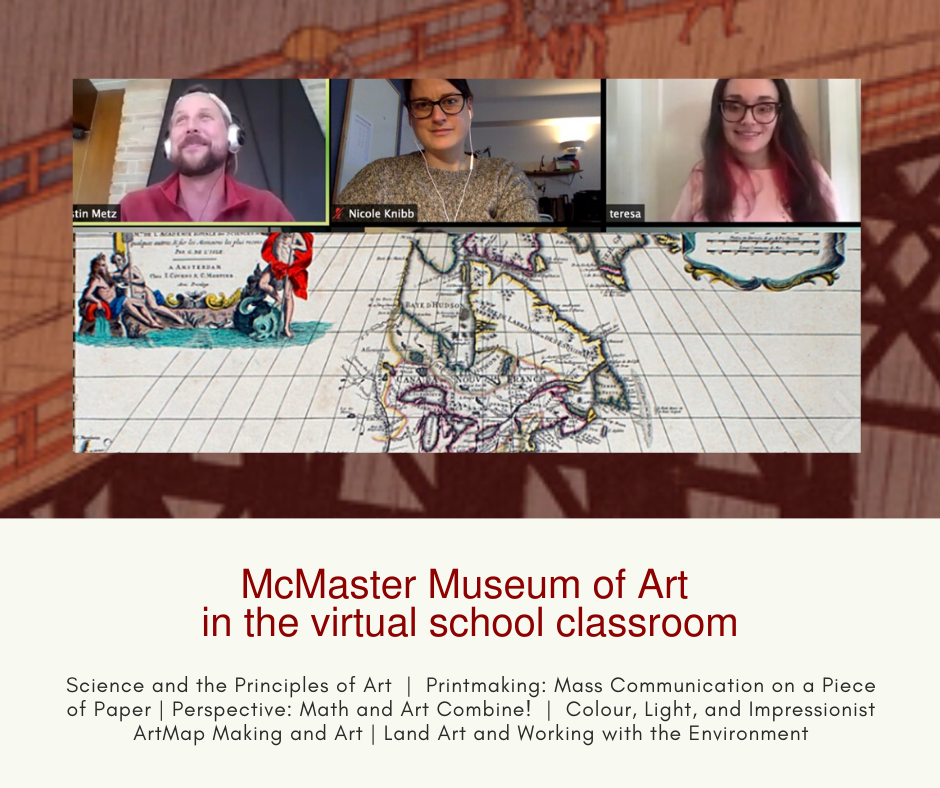
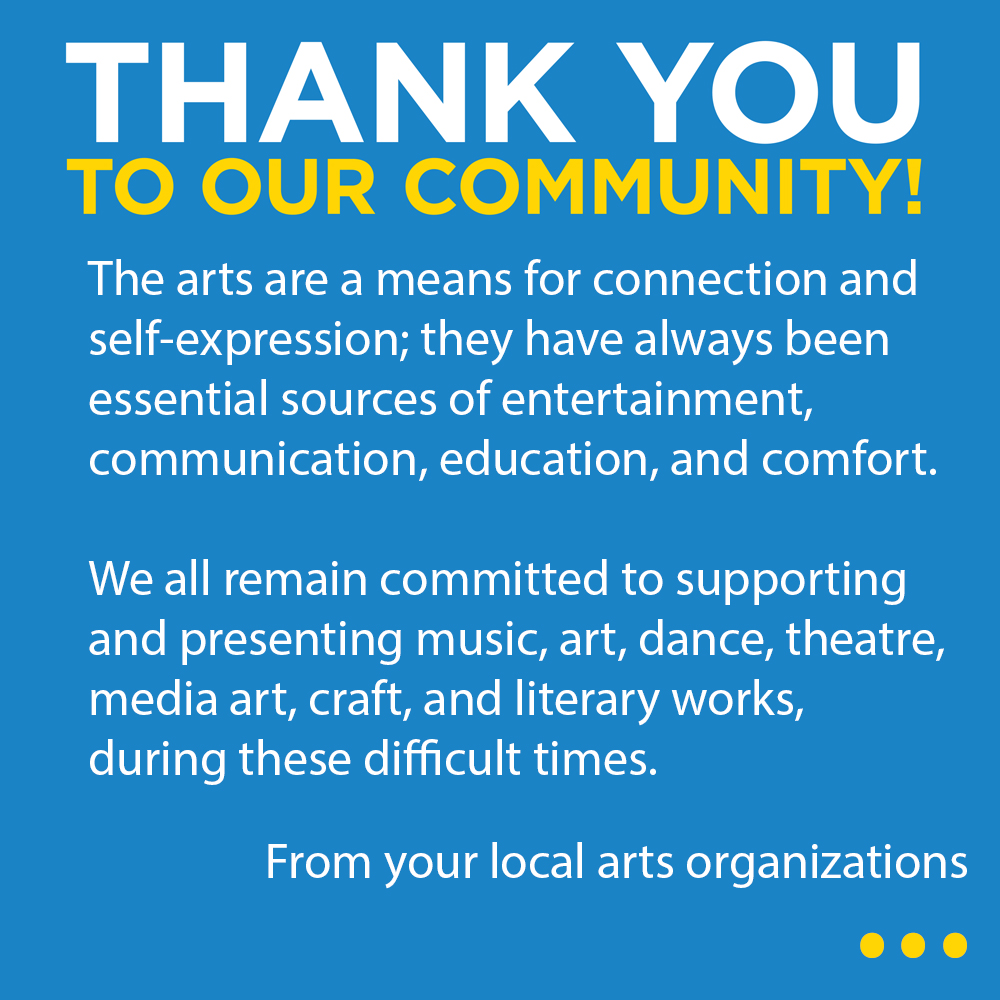
The arts are a means for connection and self-expression; they have always been essential sources of entertainment, communication, education, and comfort. We are deeply grateful to all of you who continue to encourage and support our artists and organizations, particularly as we all continue to face days and months of uncertainty and change.
We all remain committed to supporting and presenting music, art, dance, theatre, media art, craft, and literary works, during these difficult times. Visit us online to take gallery tours, see and hear performances, watch films, participate in workshops, or listen to a story!
We also owe an enormous measure of gratitude to all our front-line workers. Thank you for all your hard work.
Be safe, stay healthy, and we’ll see you soon.
From your local arts organizations…

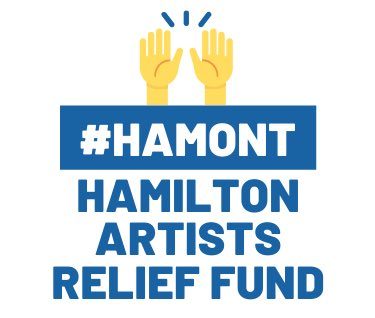

If you were unable to join us on Instagram for our first virtual Slow Art Day, have your own Slow Art Day at home by looking at the image of Franklin H. Carmichael’s Spring Snow (above) for 10 minutes. We’ve included the captions/discussion questions from the nine detail images we shared on Instagram that day!
1. Welcome to our virtual Slow Art Day! We’ll be rolling out a detail shot of one of our collection works every ten minutes for the next 90 minutes – at which point you’ll be able to see the full picture! Join the discussion in the comments and on our stories. But first, let’s get to know each other! Tell me where you’re located, your field of study/work, and whether or not you’ve attended a Slow Art Day event before.
I’m Rachel Sullivan, your host for today’s Virtual Slow Art day! I’m an Information Officer at the McMaster Museum of Art, an artist, and a McMaster University Studio Arts grad. I hosted my first Slow Art Day with the MMA back in 2013 as part of an internship while I was finishing up my undergrad.
2. Did you know that the average time spent viewing a work of art is only 7 seconds? Slow Art Day is a worldwide movement to encourage slow looking and attempt to break down the barriers between the general public and the gallery setting. Tag the last museum or gallery you were at and the person you were with in the comments!
3. We’ve had to switch up Slow Art Day this year to bring it to a virtual platform and do our part to stay home and social-distance. How has social-distancing changed the way you view art? Tag a friend you’re excited to see when we no longer have to social-distance!
I’ve been looking towards social media to view art – so many artists and arts institutions are putting out great content during this period of social distancing, even though they may be closed. Follow #MMAfromhome to experience and engage with art and with us virtually while we’re working from home! – Rachel Sullivan, Information Officer
4. MINDFULNESS These are strange times for us all. How are you taking care of yourself during this time of social distancing?
I’ve been trying to move my body a little bit every day, do something creative, limit my news intake, and be mindful of the content I’m taking in (whether it’s social media, watching something on Netflix, or reading – I’m paying attention to things that are adding to the heaviness and cutting those out for the time being). Taking care of your of yourself will look different every day – some days, it will look like simply getting out of bed, and that’s okay! – Rachel Sullivan, Information Officer
5. Viewing and creating artwork is an emotional, multi-sensory experience. Check out the link in our bio to see how Sara Birkofer from the Cincinnati Art Museum engages visitors using scents, music, touchable objects, and food in the galleries. https://www.slowartday.com/creating-a-multisensory-gallery-experience/
6. Host your own Slow Art Day at home! Spend 10 minutes looking at one of the artworks on your wall, and then ask yourself what you think about the artwork and how it makes you feel. Did you notice anything about it that you hadn’t noticed before? Make this a family activity – everyone will have a different experience with the chosen artwork, which might make you see things from a different perspective!
7. What are you grateful for during this time of slowing down?
I’m enjoying cooking more meals at home and spending more time with my husband. I’m looking at this time as an opportunity to rest, take a step back, and evaluate what is really important to me. – Rachel Sullivan, Information Officer
8. What’s the first museum or gallery you’re looking forward to visiting when everything reopens?
I’m looking forward to seeing my colleagues at the MMA once we’re all back in the office! – Rachel Sullivan, Information Officer
9. That’s a wrap – go to our feed @macmuseum to see this artwork in full. What did you think of our first virtual @slowartday? Have you been to a #slowartday event before? How did your experience differ with a virtual event?
I’ll be hanging out in the comments and on stories until 2pm (on April 4)! Thanks for joining us, we hope to see you soon!

– Rachel Sullivan, Information Officer, McMaster Museum of Art
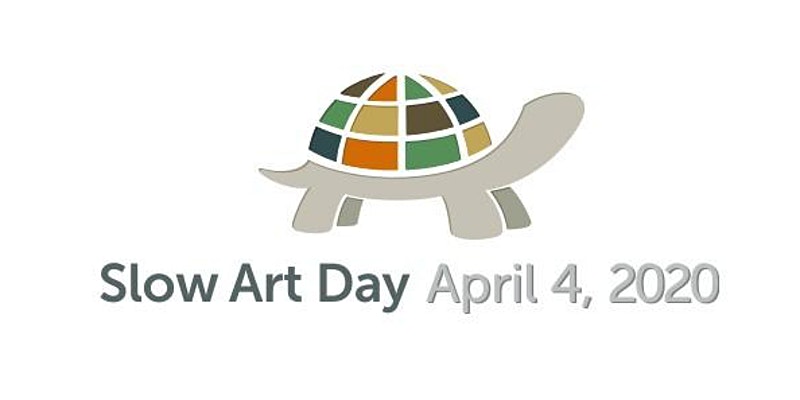
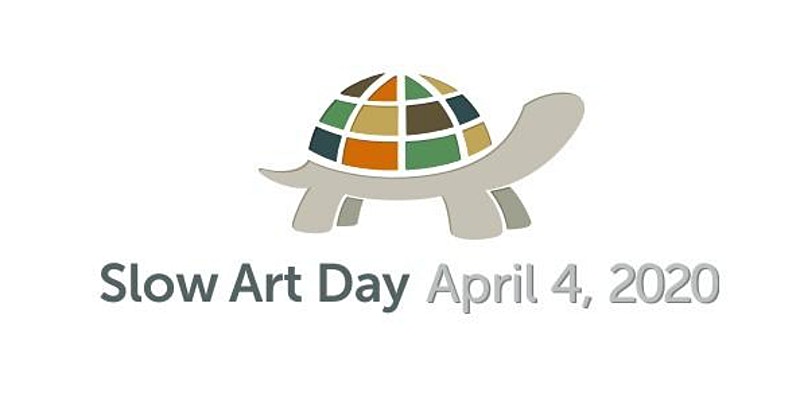
Join us on McMaster Museum of Art’s Instagram for a Virtual Slow Art Day this Saturday, April 4.
Date: Saturday, April 4th, 2020
Time: 12-2 PM
Where: Here on our @macmuseum Instagram feed and stories
No registration required, just hop on Instagram!
What is Slow Art Day?
Did you know that the average time spent viewing a work of art is only 7 seconds? Slow Art Day is a worldwide movement to encourage slow looking and attempt to break down the barriers between the general public and the gallery setting.
In April every year, galleries and museums all over the world host Slow Art Day events where participants spend one hour pre-selected art works, followed by an open discussion about the art they’ve seen and how they’ve experienced it. Due to the global COVID-19 situation, we’ve been challenged to rethink Slow Art Day for a virtual platform this year. We’ll be rolling out images from our collection on the @macmuseum Instagram feed – join the discussion in the comments and on our stories! The idea is that anyone can appreciate art and have something valuable to say about it, regardless of their level of knowledge about art or art history.
We look forward to “seeing” you Saturday!
This event is presented as part of the museum’s N. Gillian Cooper Education Programme.
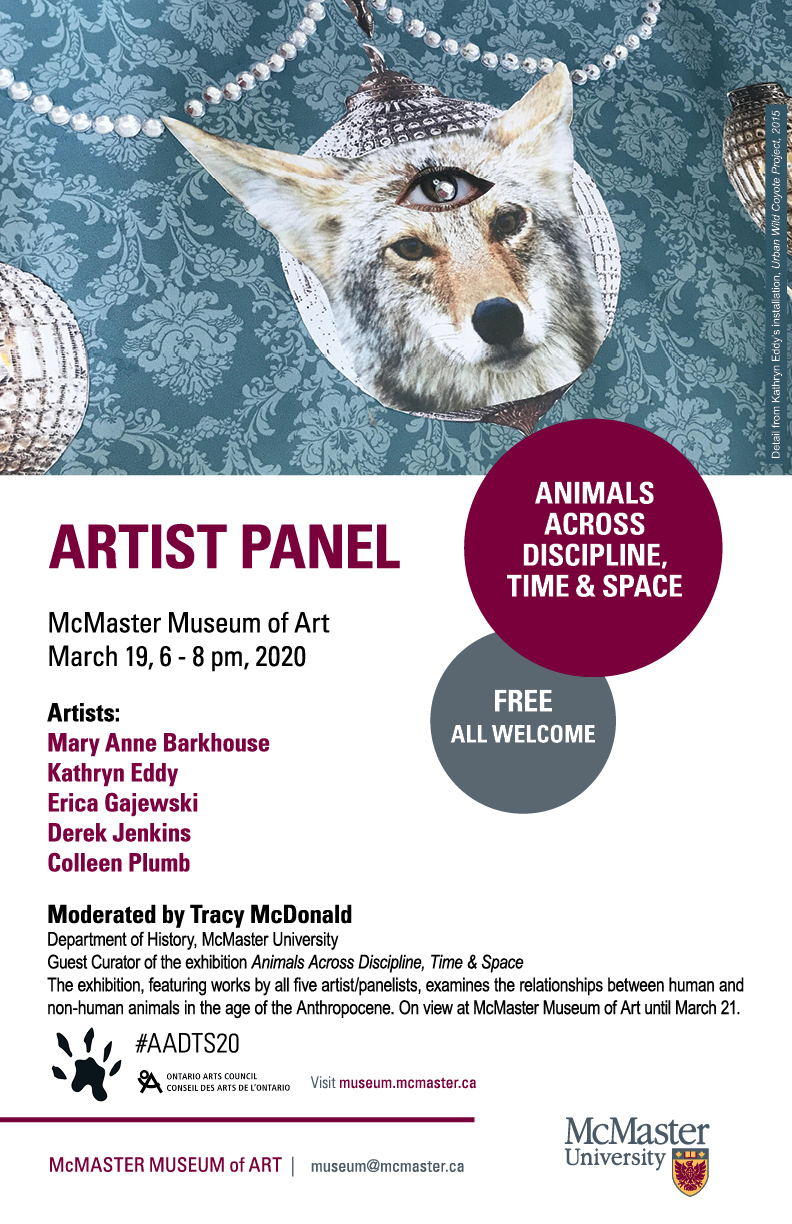
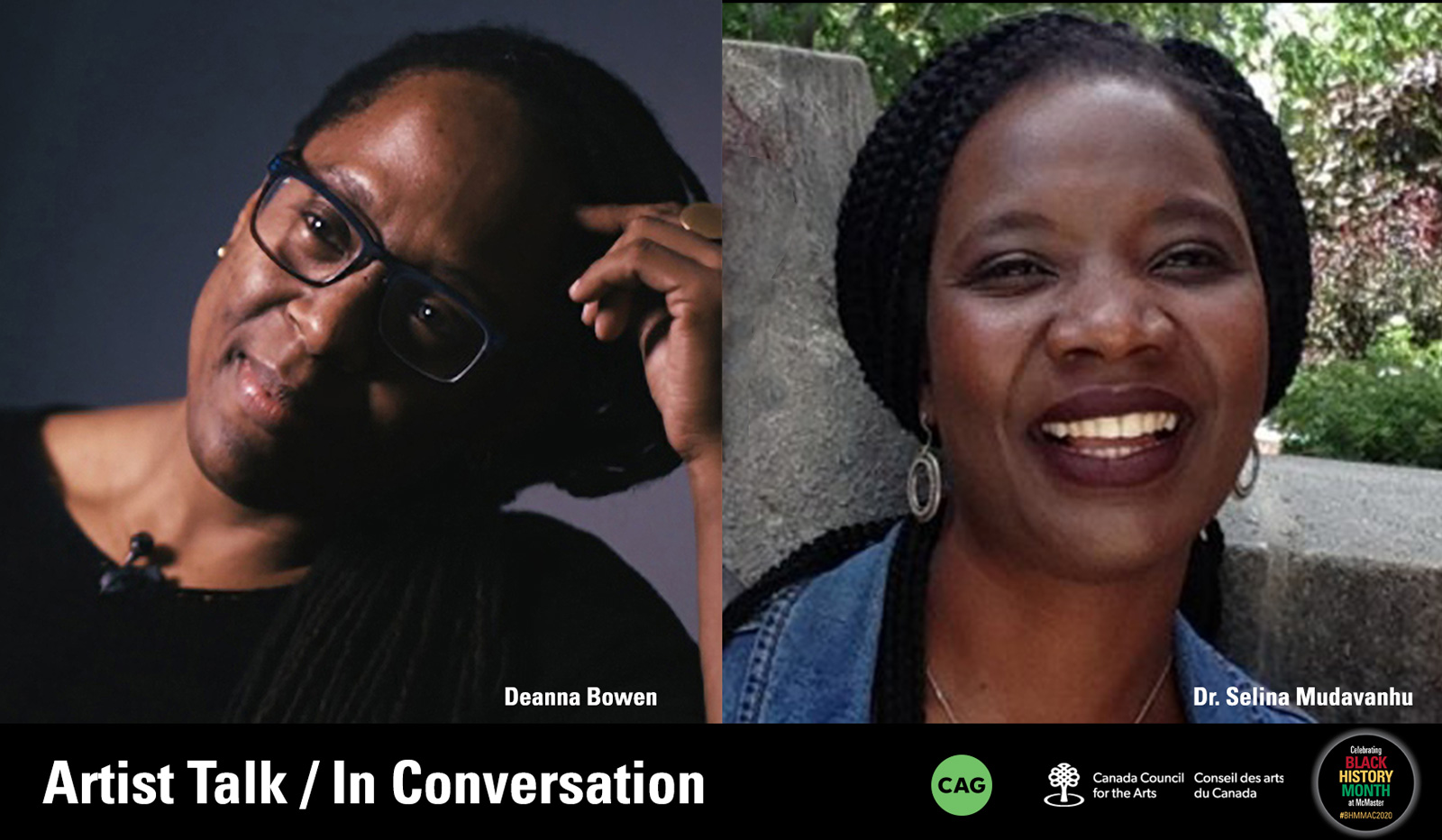
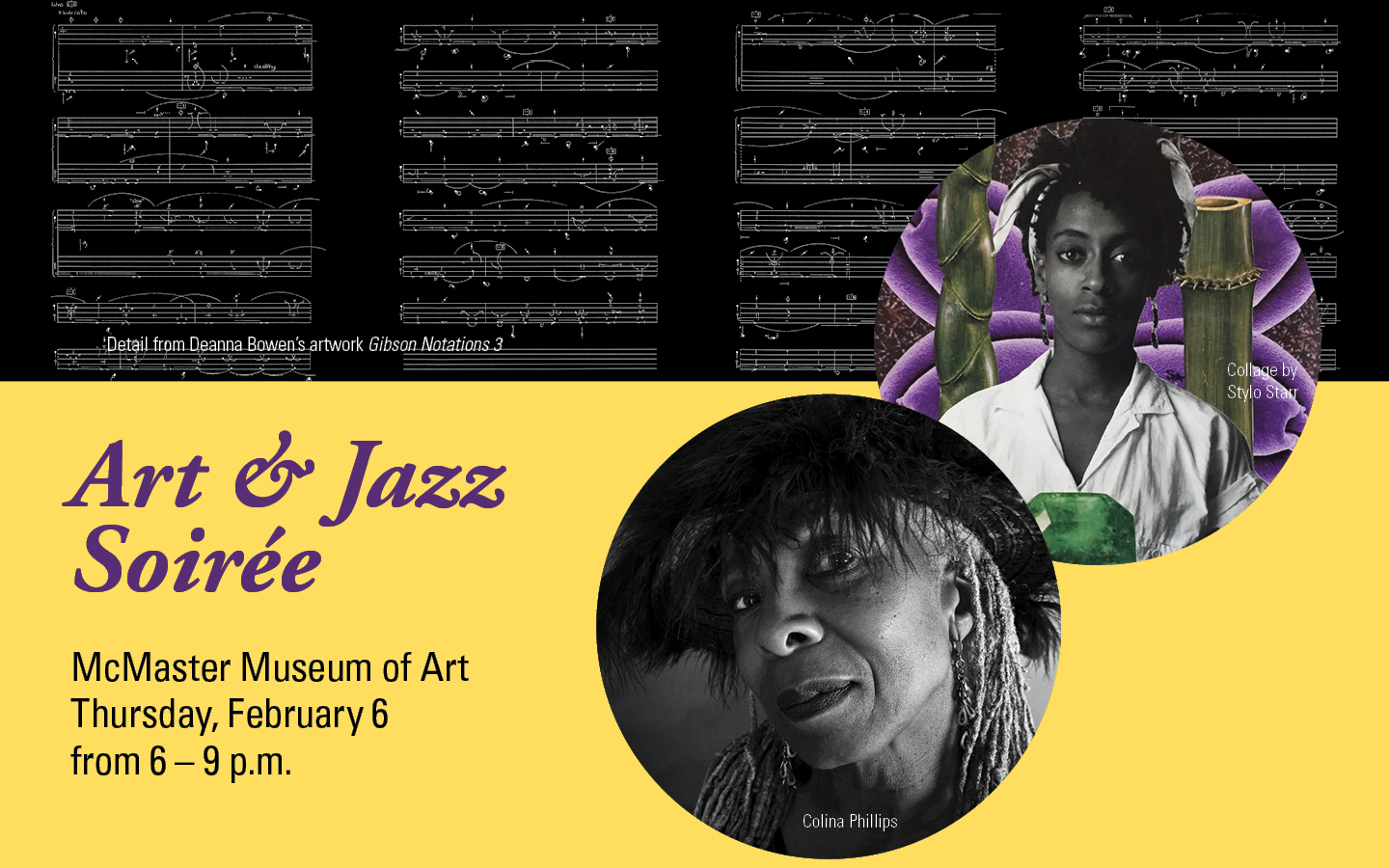

The McMaster Museum of Art proudly presents
Deanna Bowen: A Harlem Nocturne
Curated by Kimberly Phillips
Organized and circulated by the Contemporary Art Gallery, Vancouver
On view at the McMaster Museum of Art from January 16 to May 9, 2020
Deanna Bowen’s artistic practice concerns itself with histories of Black experience in Canada and the US. Her focus is the “dark matter” in our midst: figures and events that have remained below the threshold of visibility not because they are impossible to find but because their existence reveals a systematized racism difficult for the majority culture to acknowledge. Bowen reactivates historic material sourced from overlooked archives through a process of extraction, translation and enlargement, and then reinserts this material into public consciousness in a new form.
A Harlem Nocturne presents a terrain of research that Bowen undertook in Toronto and Vancouver over the past three years, recovered from civic documents, newspaper clippings and numerous personal and organizational archives. These materials trace a series of interconnected figures—many of them part of Bowen’s own family—who formed an integral part of the Canadian entertainment community from the 1940s through the 1970s. As Black bodies living and working in a settler colony underpinned by institutionalized racism, they were at once invisible and hyper-visible, simultaneously admired, exoticized and surveilled. They enjoyed certain celebrity in their local milieu but also endured differing degrees of bigotry, segregation and racial violence.
Bowen’s aim is to posit a powerful counterpoint to common narratives that oversimplify historical narratives of Canada’s complex and vibrant Black presence. She reminds us that even seemingly insignificant documents can be rich repositories for unintended readings, and for questioning who has been charged with writing our histories and why.
OPENING RECEPTION: Thursday, January 16, 2020, 6 – 8 p.m.
CURATOR’S TALK | Kimberly Phillips: Friday, January 17, 12:30 – 1:20 p.m.
MUSICAL PERFORMANCE BY COLINA PHILLIPS: February 6, 7 – 9 p.m.
ARTIST TALK / IN CONVERSATION: Thursday, February 27, 7 – 9 p.m.
Deanna Bowen
Pamela Edmonds (Senior Curator at McMaster Museum of Art)
Selina Mudavanhu (Assistant Professor, Communications Studies and Multimedia)
READ TRANSCRIPT of the conversation
FILM SCREENING / DISCUSSION: Friday, April 3, 7 – 9 p.m.
Location: Black Box Theatre, L.R. Wilson Hall, McMaster University
Special off-site screening and discussion of Bowen’s edited cut of On Trial The Long Doorway
Deanna Bowen is a Toronto-based interdisciplinary artist whose practice examines race, migration, historical writing and authorship. Bowen makes use of a repertoire of artistic gestures in order to define the Black body and trace its presence and movement in place and time. In recent years, Bowen’s work has involved rigorous examination of her family lineage and their connections to the Black Prairie pioneers of Alberta and Saskatchewan, the Creek Negroes and All-Black towns of Oklahoma, the extended Kentucky/Kansas Exoduster migrations and the Ku Klux Klan. She has received several awards in support of her artistic practice including the 2020 Governor General’s Award for Visual Art, 2017 Canada Council New Chapter and Ontario Arts Council Media Arts production grants, a 2016 Guggenheim Fellowship and the 2014 William H. Johnson Prize. She has exhibited at the Royal Ontario Museum, Toronto (2017); the Art Museum at the University of Toronto (2016); the Institute of Contemporary Art at the University of Pennsylvania, Philadelphia (2015); McMaster Museum of Art, Hamilton (2014 – 15) and the Art Gallery of York University, Toronto (2013).
INTERVIEW: Listen now to an Interview with Deanna Bowen on CFMU Radio Podcast
INTERVIEW: with Kimberly Phillips in the Silhouette
Deanna Bowen: A Harlem Nocturne is supported by the Canada Council for the Arts.
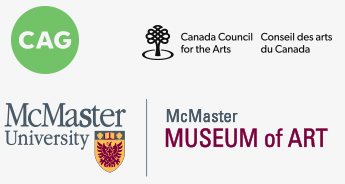
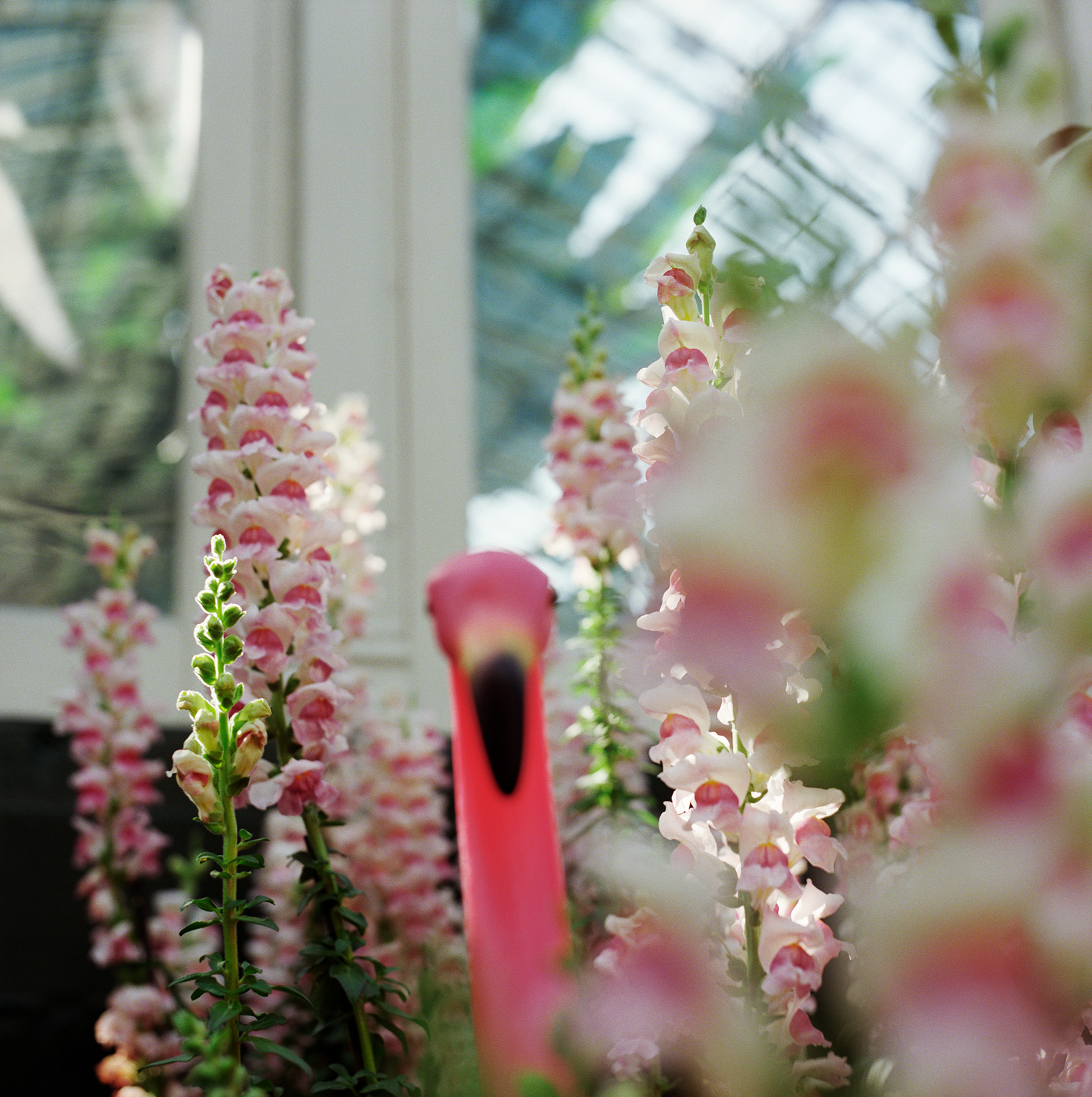
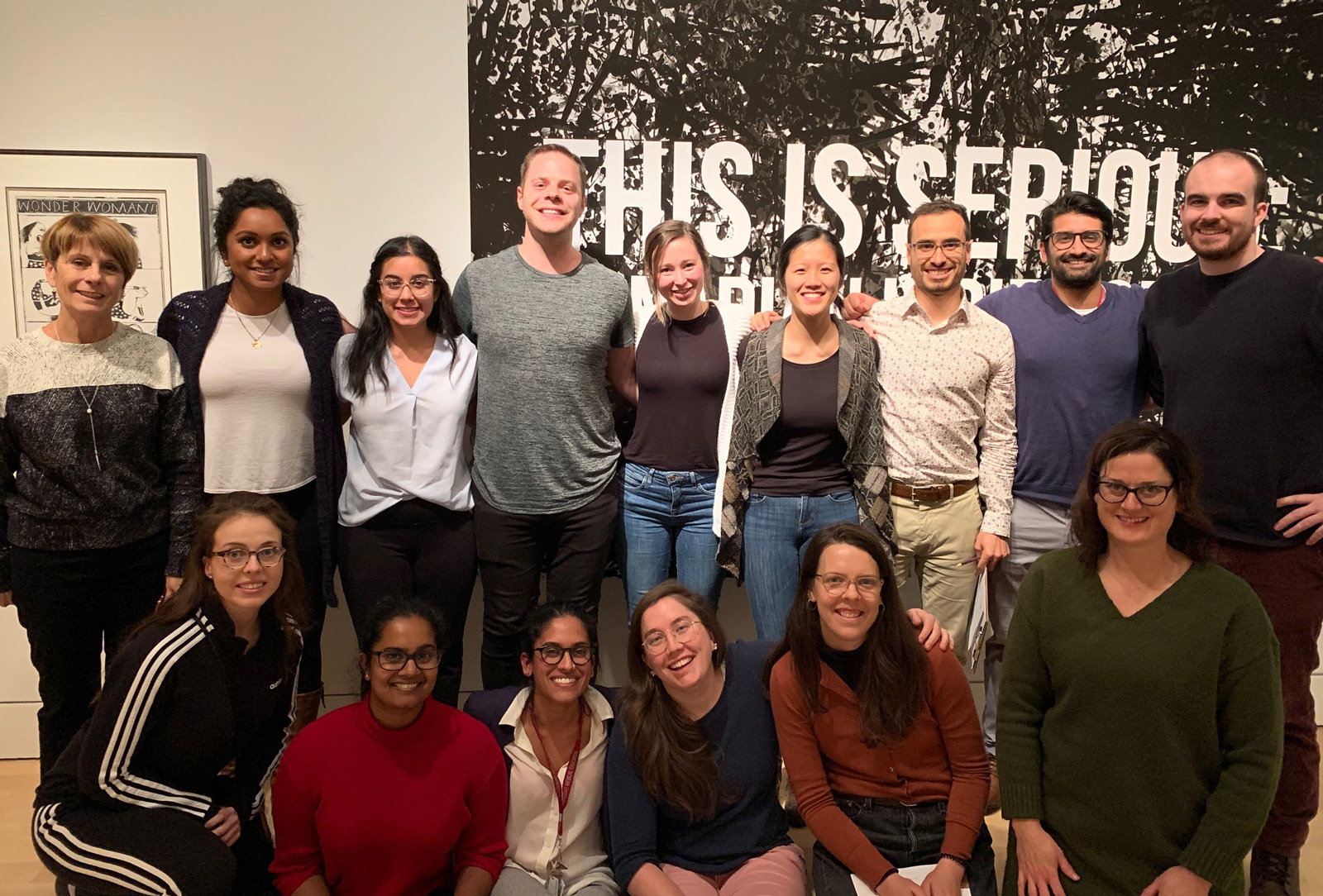

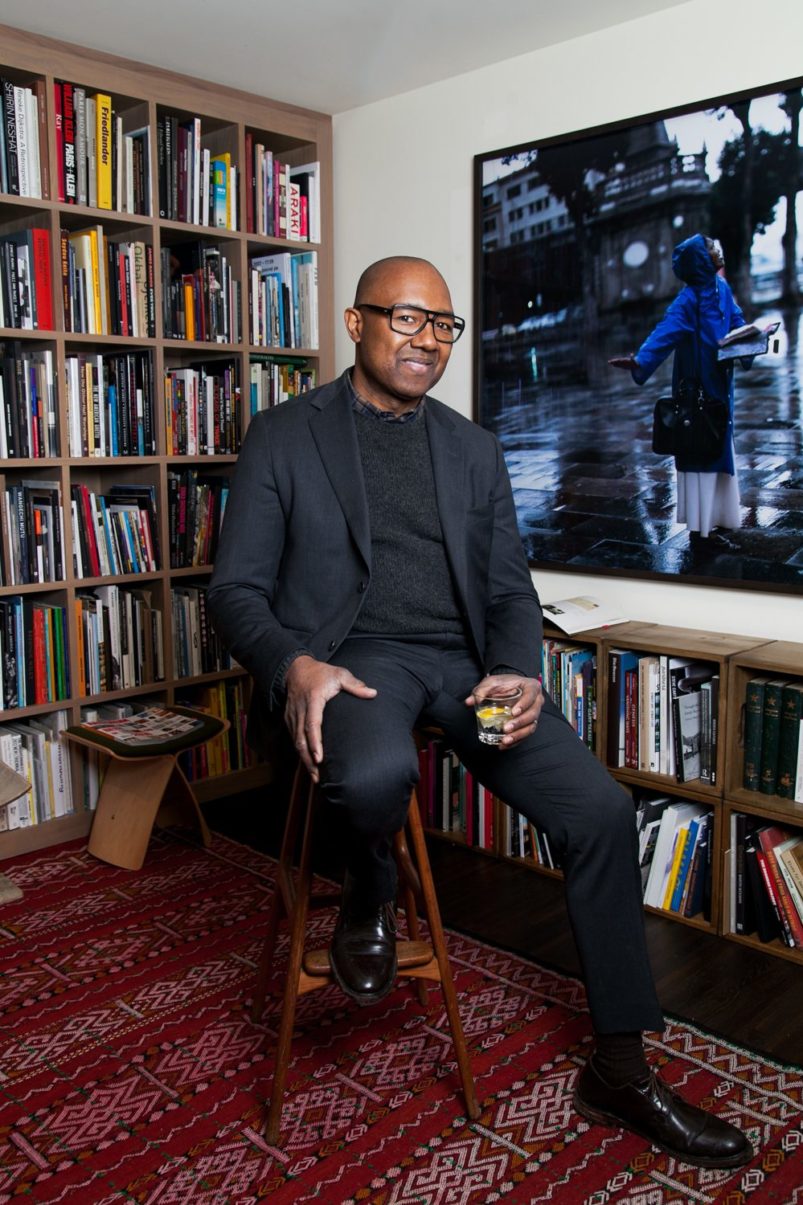
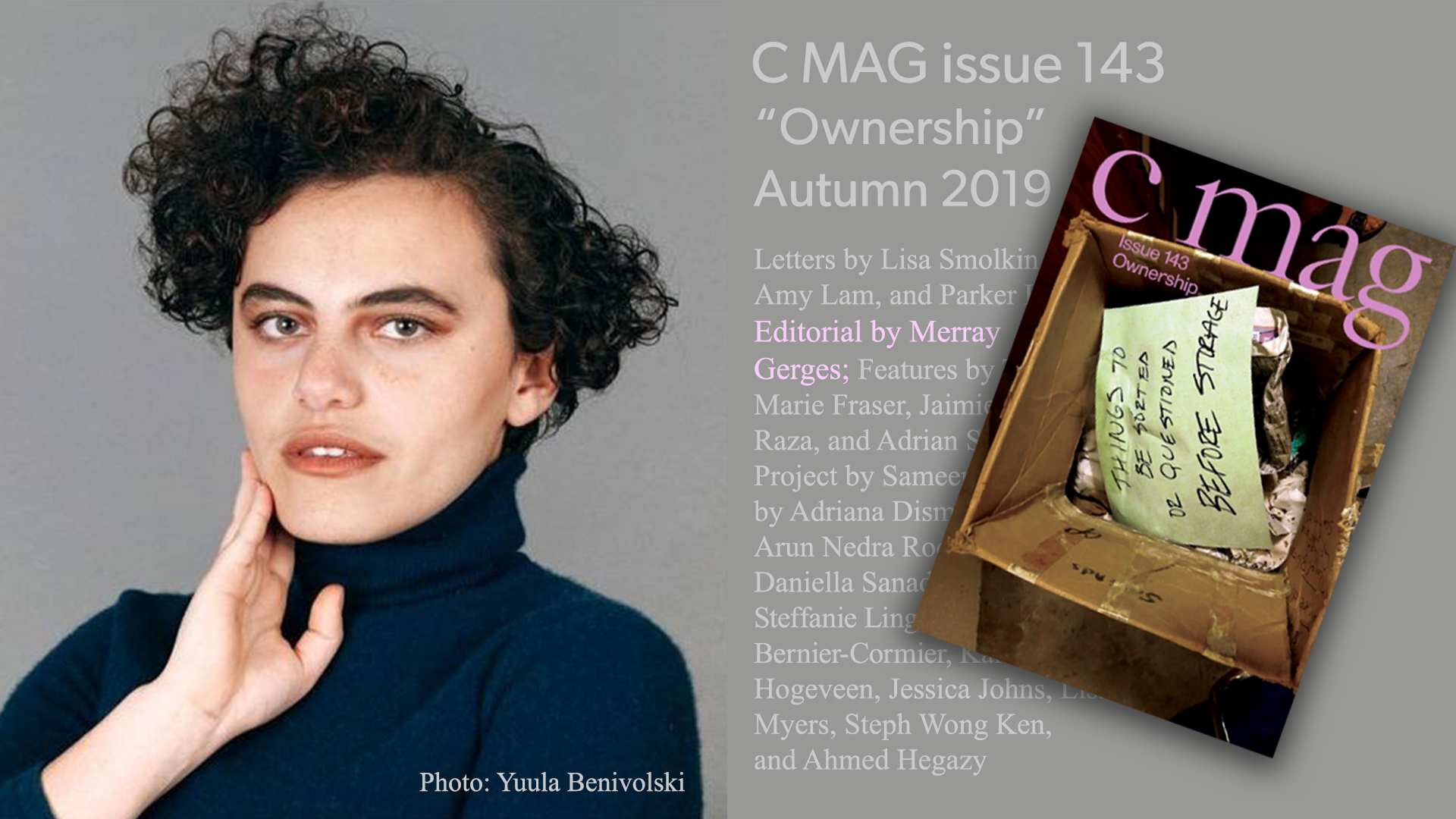
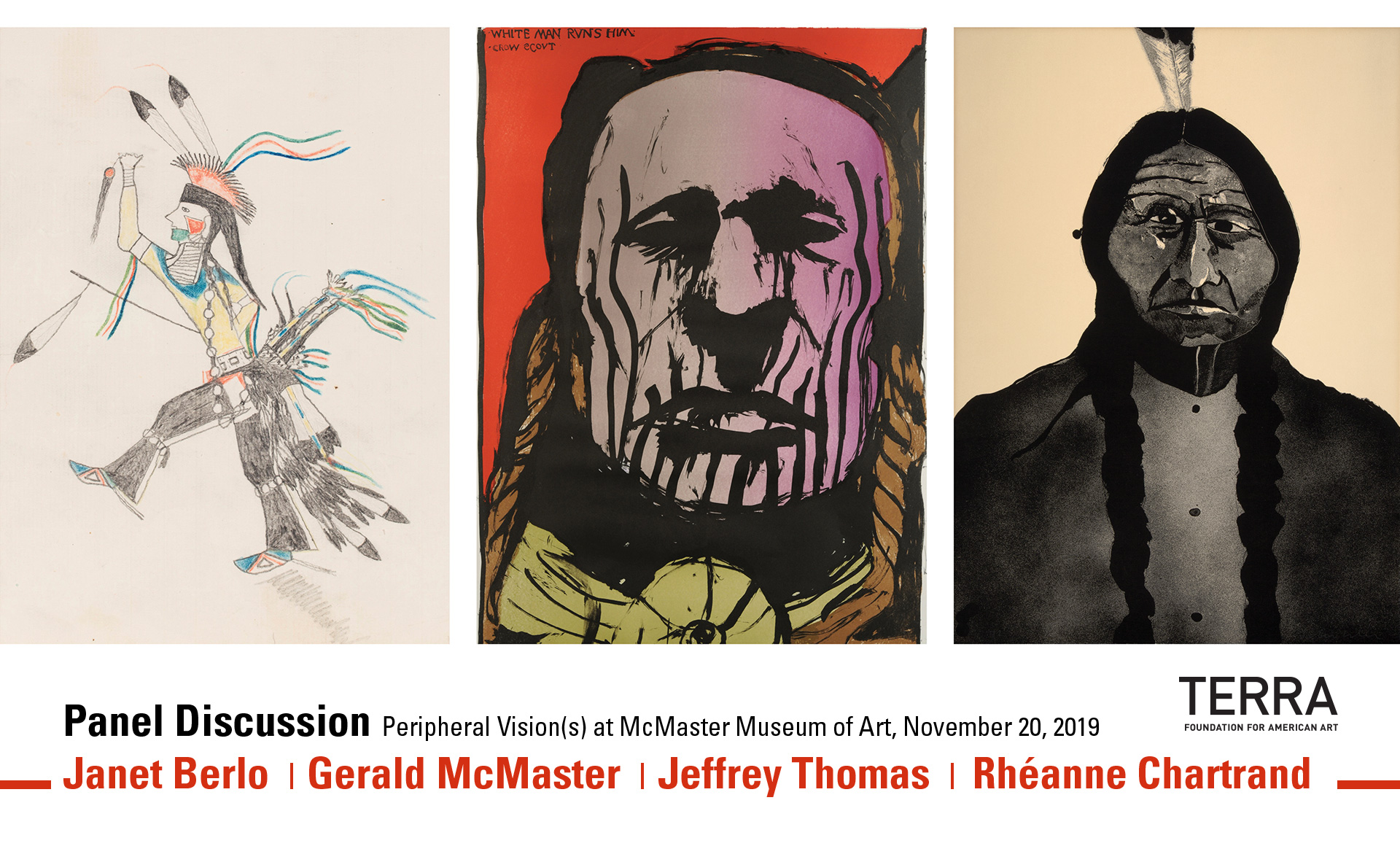
McMaster Museum of Art
Wednesday, November 20, 6 – 9 pm
Doors open and refreshments 6 pm. Panel Discussion from 7 – 9 pm.
Janet Berlo, professor of art/art history and visual culture, University of Rochester
Gerald McMaster, curator, artist, author, and Tier 1 Canada Research Chair of Indigenous visual culture and curatorial practice, Ontario College of Art and Design University, Toronto, ON
Jeffrey Thomas, independent photo-based artist, recipient of the 2019 Governor General Award for the Visual and Media Arts
Rhéanne Chartrand, curator of Indigenous art, McMaster Museum of Art
Please join us at the McMaster Museum of Art for an insightful, critical dialogue on the “Indian” image and how it has shaped and been shaped by artists over time. Drawing on themes central to Peripheral Vision(s)―representation, portraiture, commemoration, truth, and history-making―the panelists will offer up their individual perspectives on the work of 19th century Northern Plains warrior-artists and 20th century artists, Leonard Baskin and Fritz Scholder, whilst situating their works within the broadened context of Indigenous art history. The panelists have all contributed essays to the Peripheral Vision(s) publication which launches at this event.
This panel is presented as a complement to the exhibition Peripheral Vision(s) and is supported by the Terra Foundation for American Art.
This event is free and open to the public. Seating is first-come-first-served.
Banner images: Iron Cloud / Mahpiyamaza, Iron Cloud performing Counting Coup or Scalp Dance, c. 1876, pencil and crayon on paper, Simcoe County Museum; Leonard Baskin, White Man Runs Him – Crow Scout, 1993, lithograph on paper. Gift of Rabbi Bernard & Mrs. Marjorie Baskin, 1996. McMaster Museum of Art. © The Estate of Leonard Baskin; Courtesy Galerie St. Etienne, New York; Fritz Scholder, Portrait of an American #2, 1973, lithograph on paper. Gift of Anthony and Rene Donaldson, Harwood Museum of Art, The University of New Mexico © Estate of Fritz Scholder
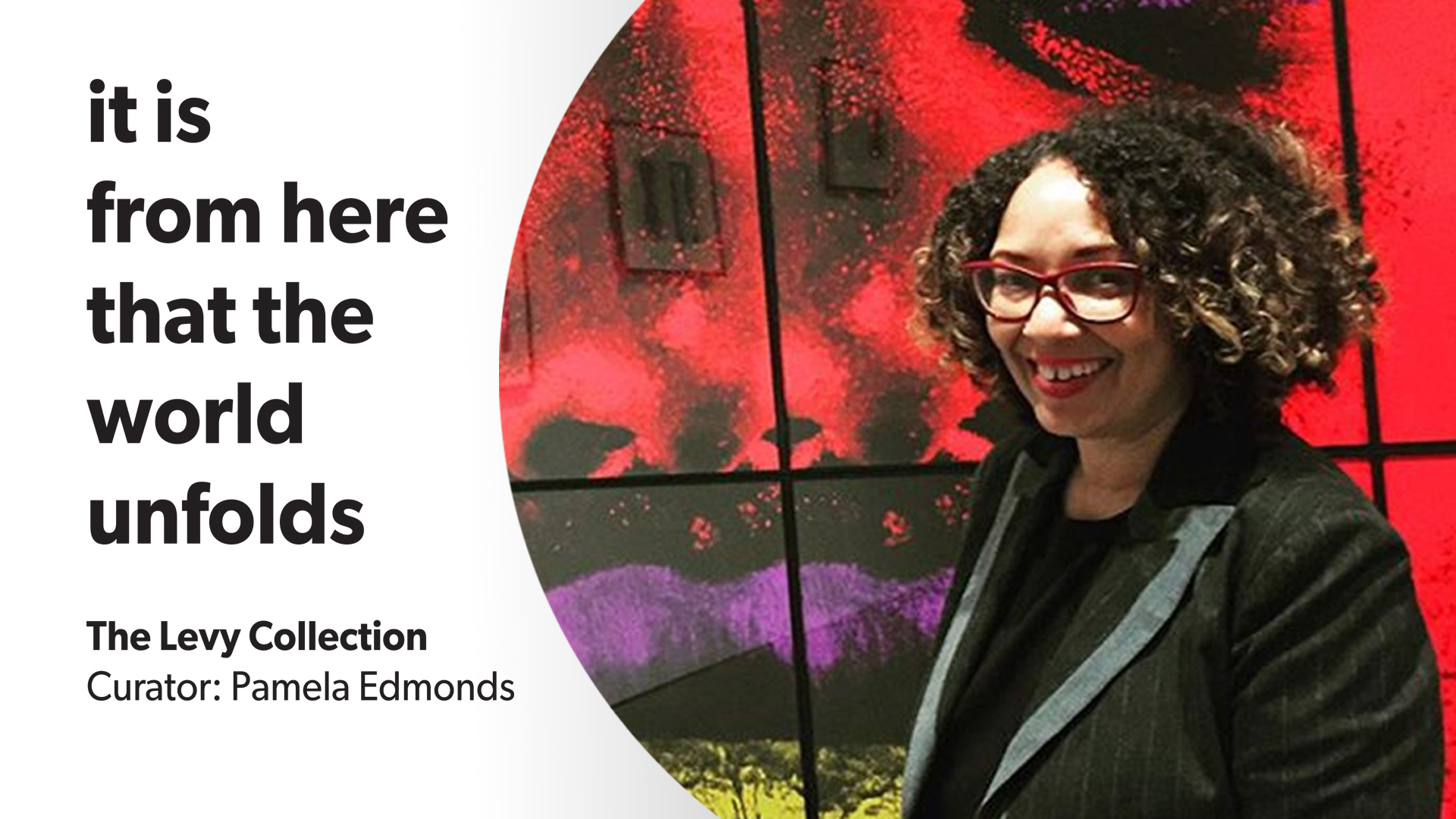
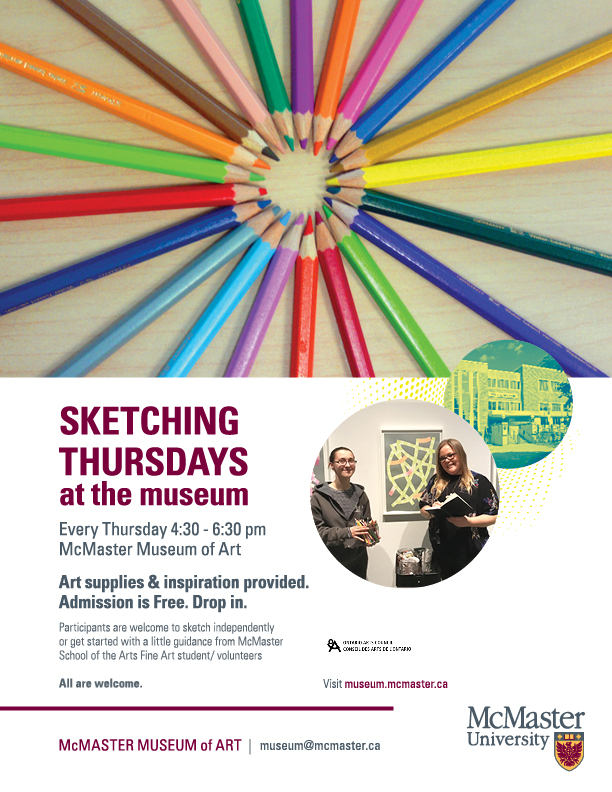
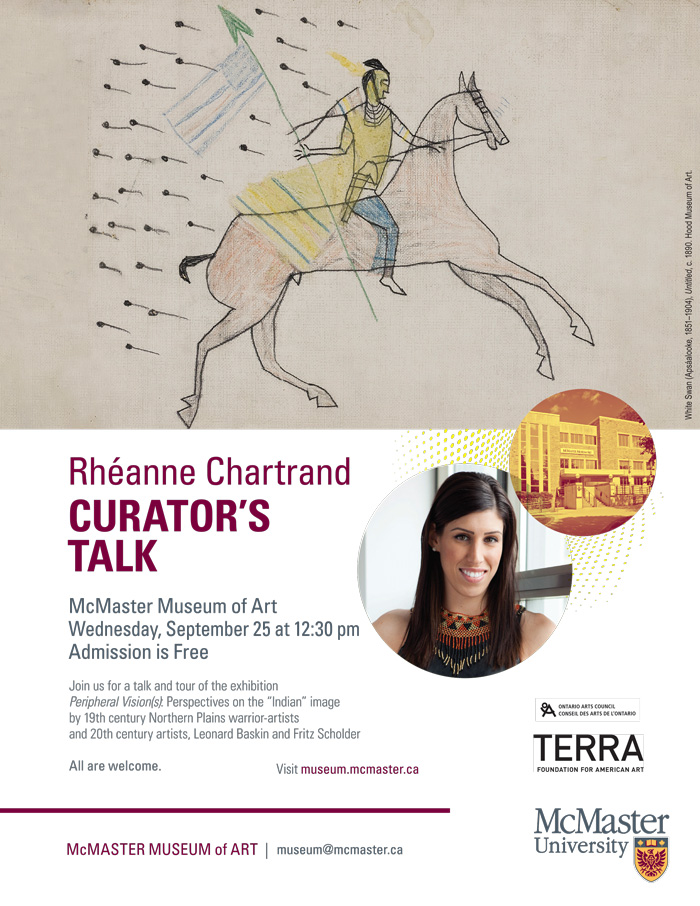
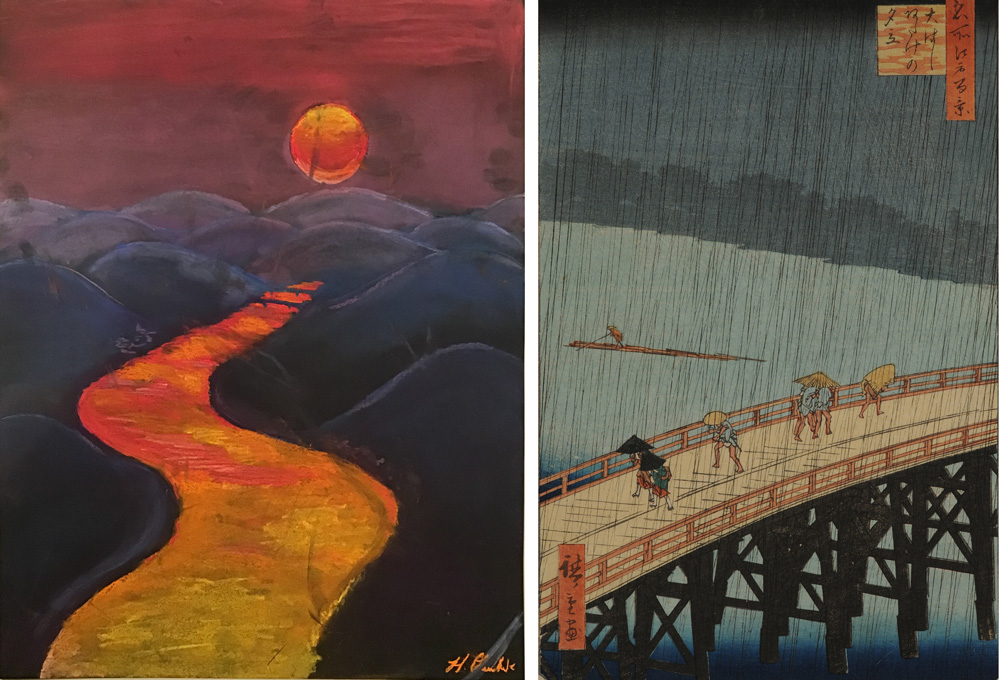

McMaster Museum of Art proudly presents
Curated by Rhéanne Chartrand and Gerald McMaster
Supported by the Terra Foundation for American Art
Opening Reception: Thursday September 12, 6 – 8 pm
On view until December 20, 2019
A new exhibition at McMaster Museum of Art sparks a visual dialogue between 19th century ledger drawings by Northern Plains warrior-artists and the lithographic prints of 20th century American artists Leonard Baskin and Fritz Scholder.
“Essentially, this exhibition [Peripheral Vision(s)] is a critical rethinking of the origins of the ‘Indian’ image, endeavoring to understand how artists have shaped – and been shaped by – this image,” says Rhéanne Chartrand, Curator of Indigenous Art at the museum of art and co-curator of this exhibition. “It invites visitors to consider how the lens of the present shapes our understanding of the past.”
The exhibition draws together nearly 50 works of art from institutions across North America.
Twenty-one ledger drawings record, in veracious detail, the first-hand experiences of four 19th century warriors-turned-artists. These include Short Bull / Tȟatȟáŋka Ptéčela (Sičháŋǧu Lakota, c. 1845–1923), Pretty Eagle / Déaxitchish (Apsáalooke, 1846–1903), White Swan / Mee-nah-tsee-us (Apsáalooke, 1851–1904), and Iron Cloud / Mahpiyamaza (Lakota, 1851–?).
Within the exhibition space, these ledger drawings are placed into conversation with twelve of the twenty-seven “Indian portraits,” in McMaster’s collection by Jewish-American artist, Leonard Baskin (1922-2000) and fourteen lithographs by Luiseño/American artist, Fritz Scholder (1937-2005), borrowed from five prominent US institutions.
Individually and collectively, the artists in this exhibition occupied the periphery of mainstream Euro-American society, history, art, and culture during their lifetimes. Though almost a century separates them, they are bound together by their common creative pursuit of reflecting on vision(s) of self, of Other, of place, and on particular moments and events in ways that do not conform to, or uphold, the accepted “truths” of history.
“Together these artworks generate a new critical analysis of history, the politics of representation, image-making, and the overall intent of portraiture,” says Chartrand.
Peripheral Vision(s) is an exhibition that refutes the well-known adage “history is written by the victors,” encouraging visitors to activate their peripheral vision—largest portion of our visual field—in order to see objects, ideas, truths, gestures, and movement outside of their direct line of sight, or histories not at the centre of the dominant worldview.
OPENING RECEPTION: Thursday, September 12, 6 – 8 pm
CURATOR’S TOUR by Rhéanne Chartrand: Wednesday, September 25, 12:30 – 1:20 pm
CONCERT | Night of Indigenous Music: Thursday, September 26, 7 – 9 pm
Cris Derksen
A rising star on the Canadian world / classical / folk / electronica scenes, award-winning Indigenous cellist Cris Derksen is known for building layers of sound into captivating performances. Her music braids the traditional and contemporary in multiple dimensions, weaving her traditional classical training and her Indigenous ancestry with new school electronics, creating genre defying music.
nêhiyawak
nêhiyawak hails from amiskwaciy in Treaty 6 Territory. The trio of Indigenous Canadian artists – Kris Harper (vocals, guitars), Marek Tyler (drums), and Matthew Cardinal (synths, bass) – transcends a new intersection of contemporary sound and the traditional storytelling of their ancestry. Their music is a resonant expression of indigeneity in the modern world.
Wednesday, November 20, 6 – 9 pm
– Janet Berlo, professor of art/art history and visual culture, University of Rochester
– Gerald McMaster, curator, artist, author, and Tier 1 Canada Research Chair of Indigenous visual culture and curatorial practice, OCADU
– Jeffrey Thomas, artist and recipient of the 2019 Governor General Award for the Visual & Media Arts
– Rhéanne Chartrand, curator of Indigenous art, McMaster Museum of Art*All events are free and open to the public.
The exhibition will be accompanied by a significant publication exploring the “Indian” image with scholarly essays by some of the most prominent Indigenous and non-Indigenous voices within the fields of Indigenous art history and art criticism today:
Harwood Museum of Art at the University of New Mexico (Taos, NM)
IAIA Museum of Contemporary Native Arts (Santa Fe, NM)
Minneapolis Museum of Art (Minneapolis, MN)
Tucson Museum of Art (Tucson, AZ).
the Hood Museum of Art at Dartmouth College (Hanover, NH)
the Royal Ontario Museum (Toronto, ON)
Simcoe County Museum (Minesing, ON)
For more information about the exhibition, please contact:
Rhéanne Chartrand, Curator of Indigenous Art, McMaster Museum of Art
905-525-9140 ext. 27573 chartrr@mcmaster.ca
![]()
